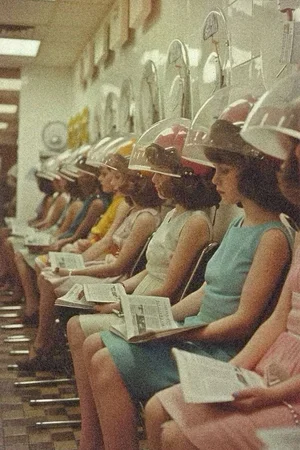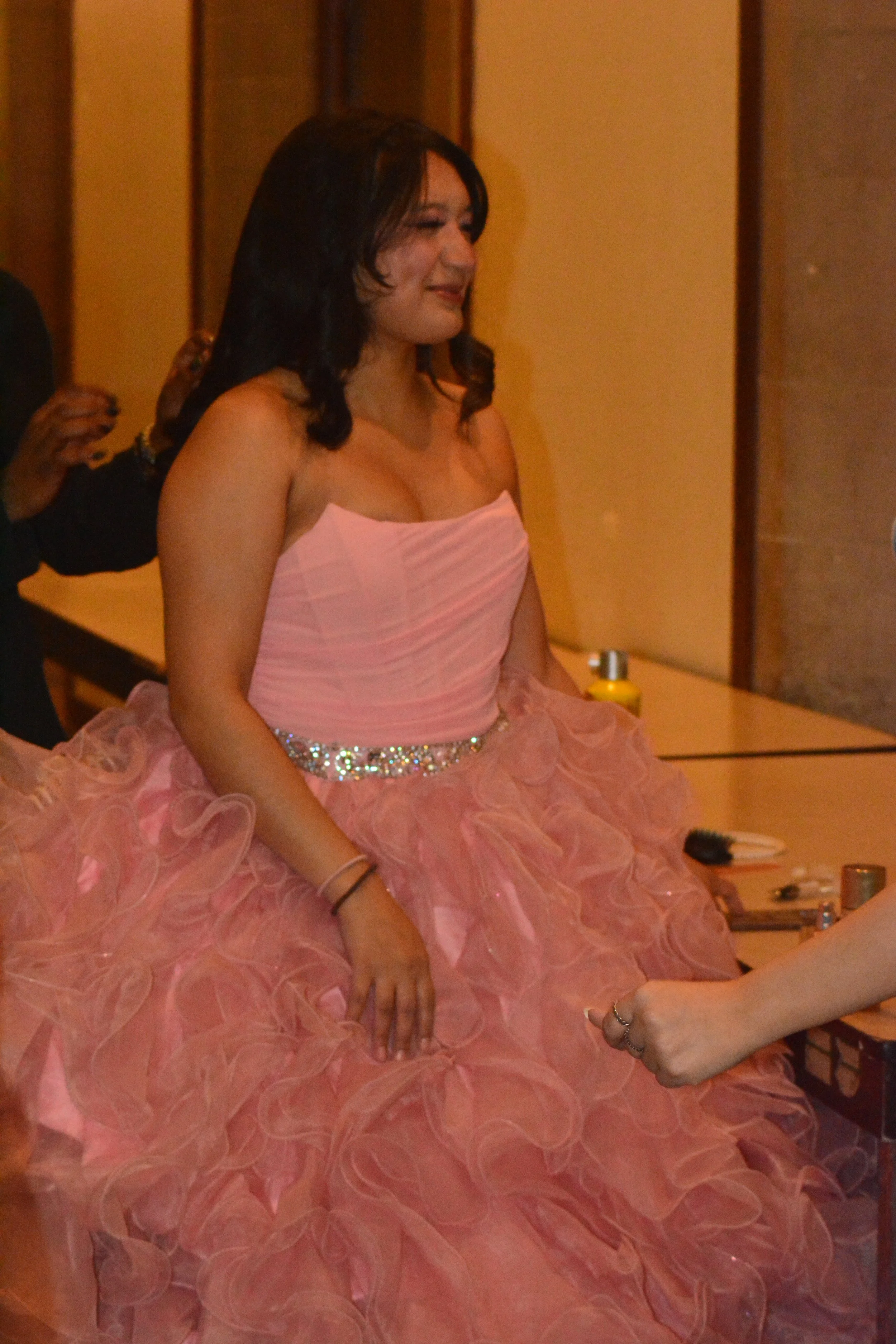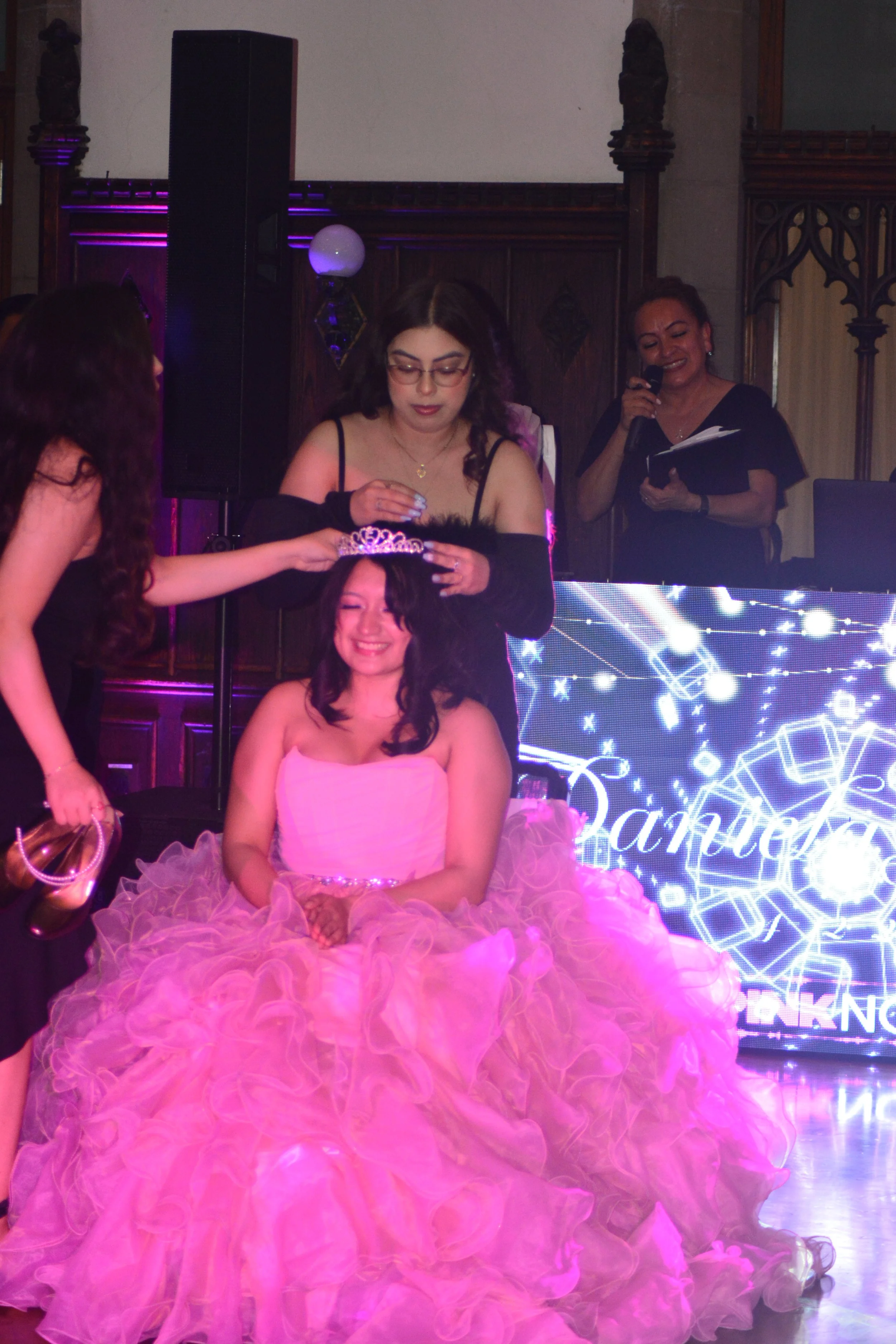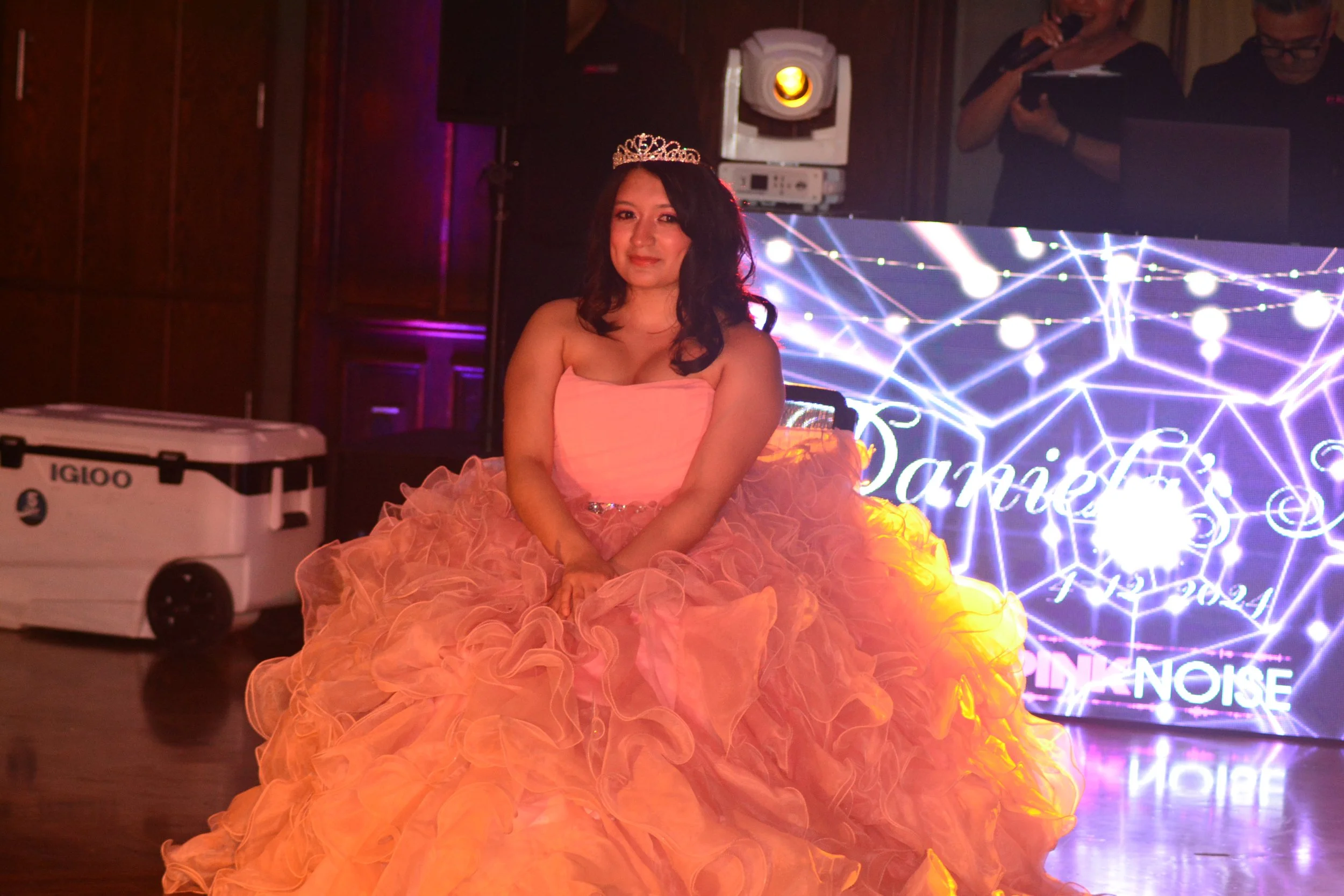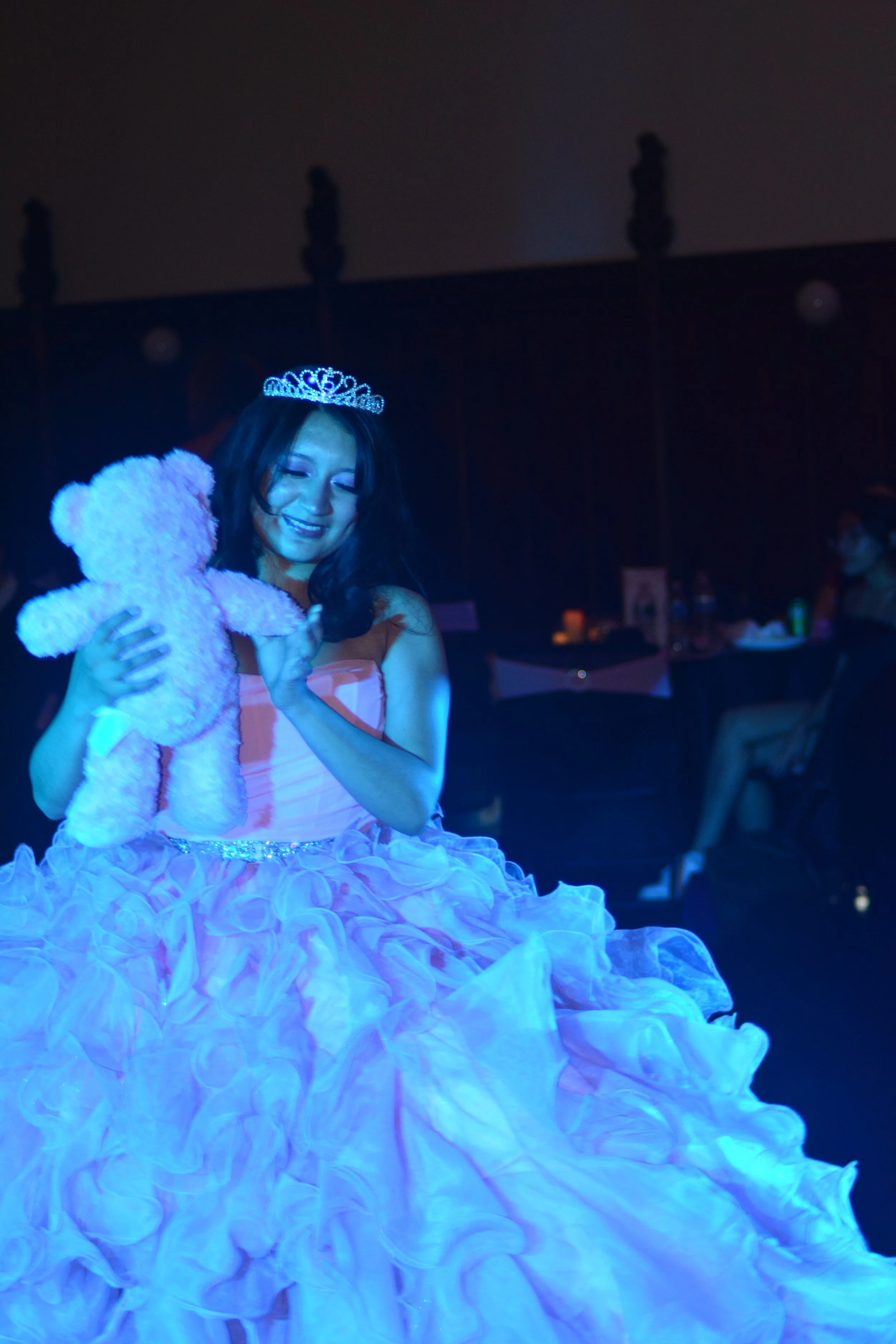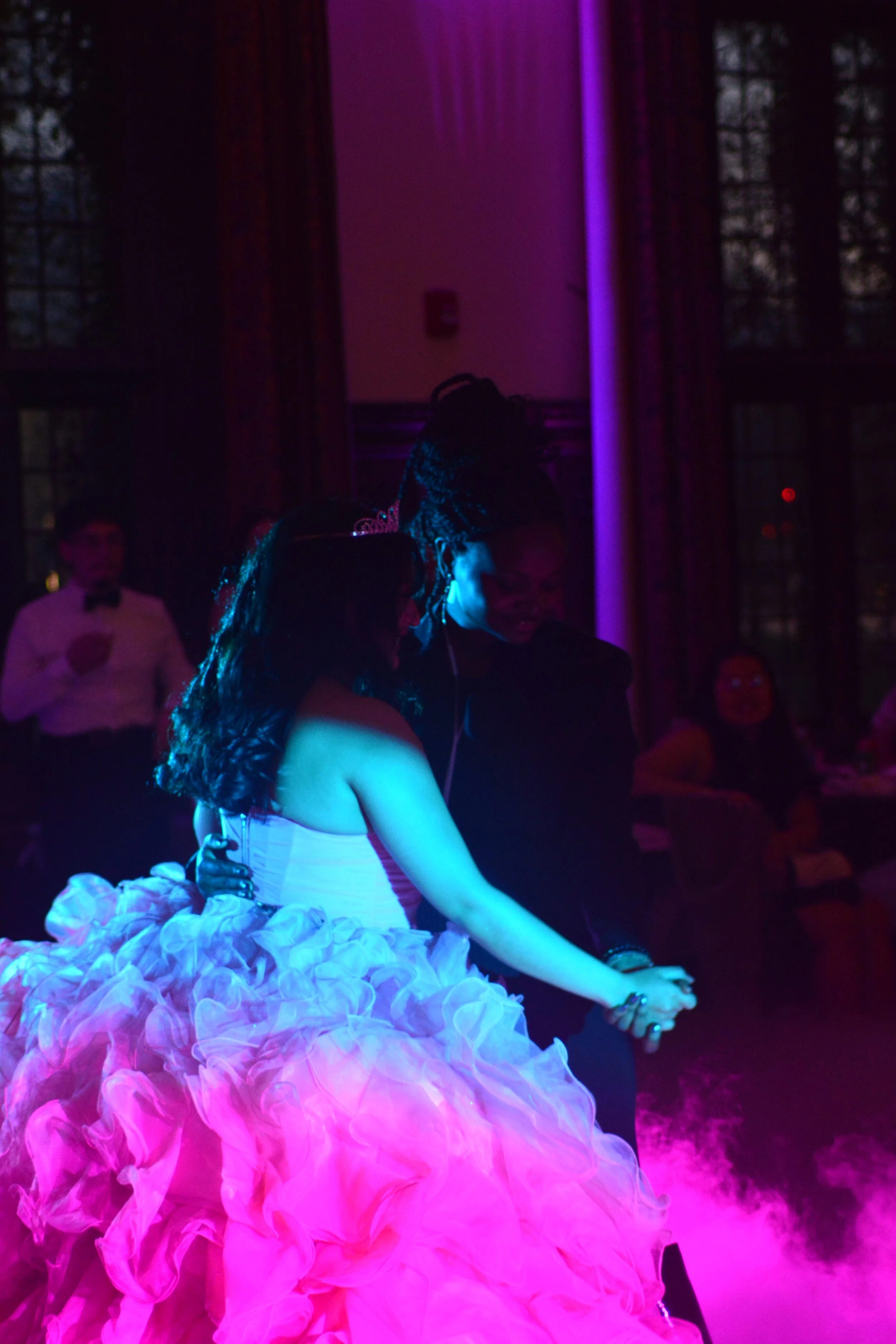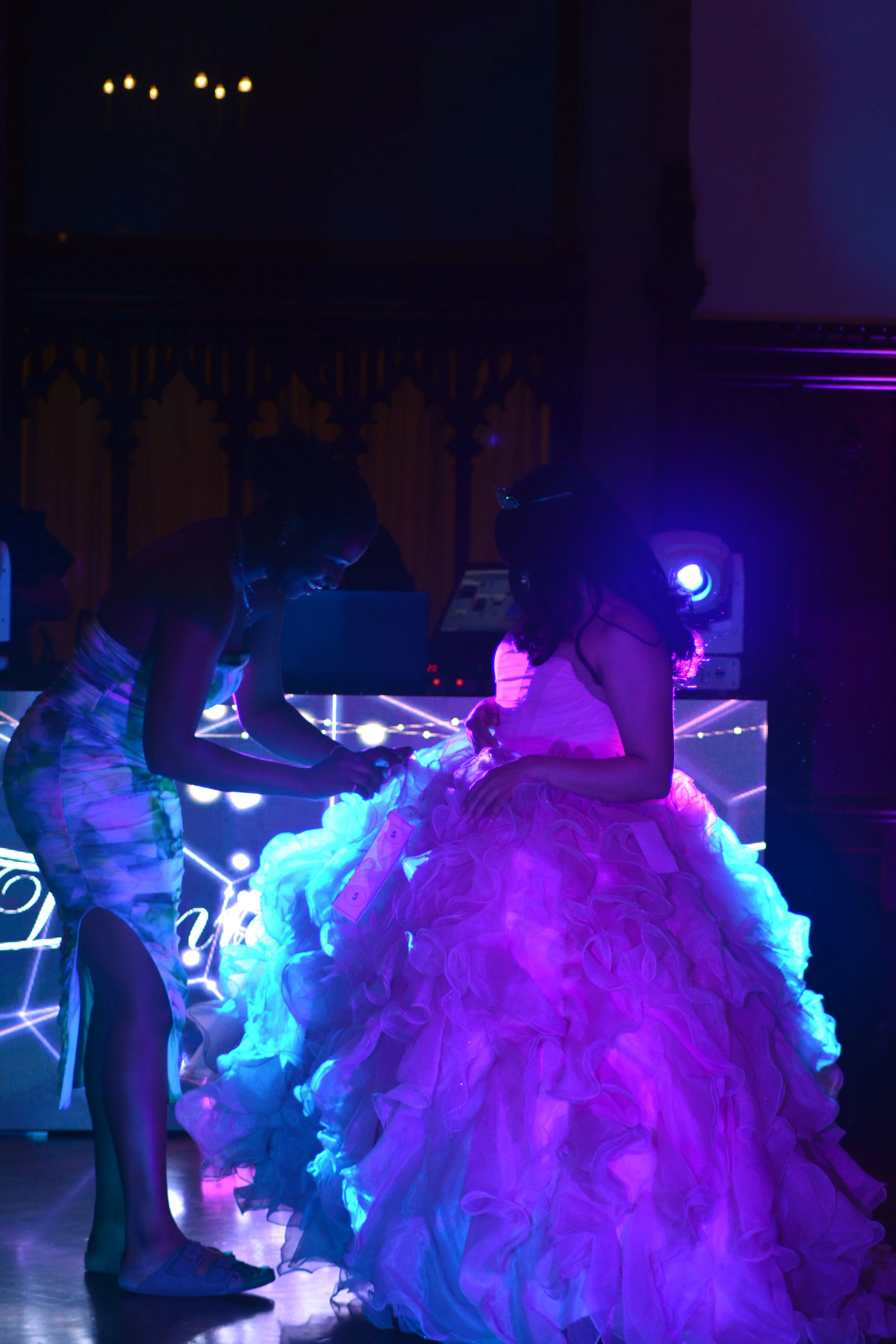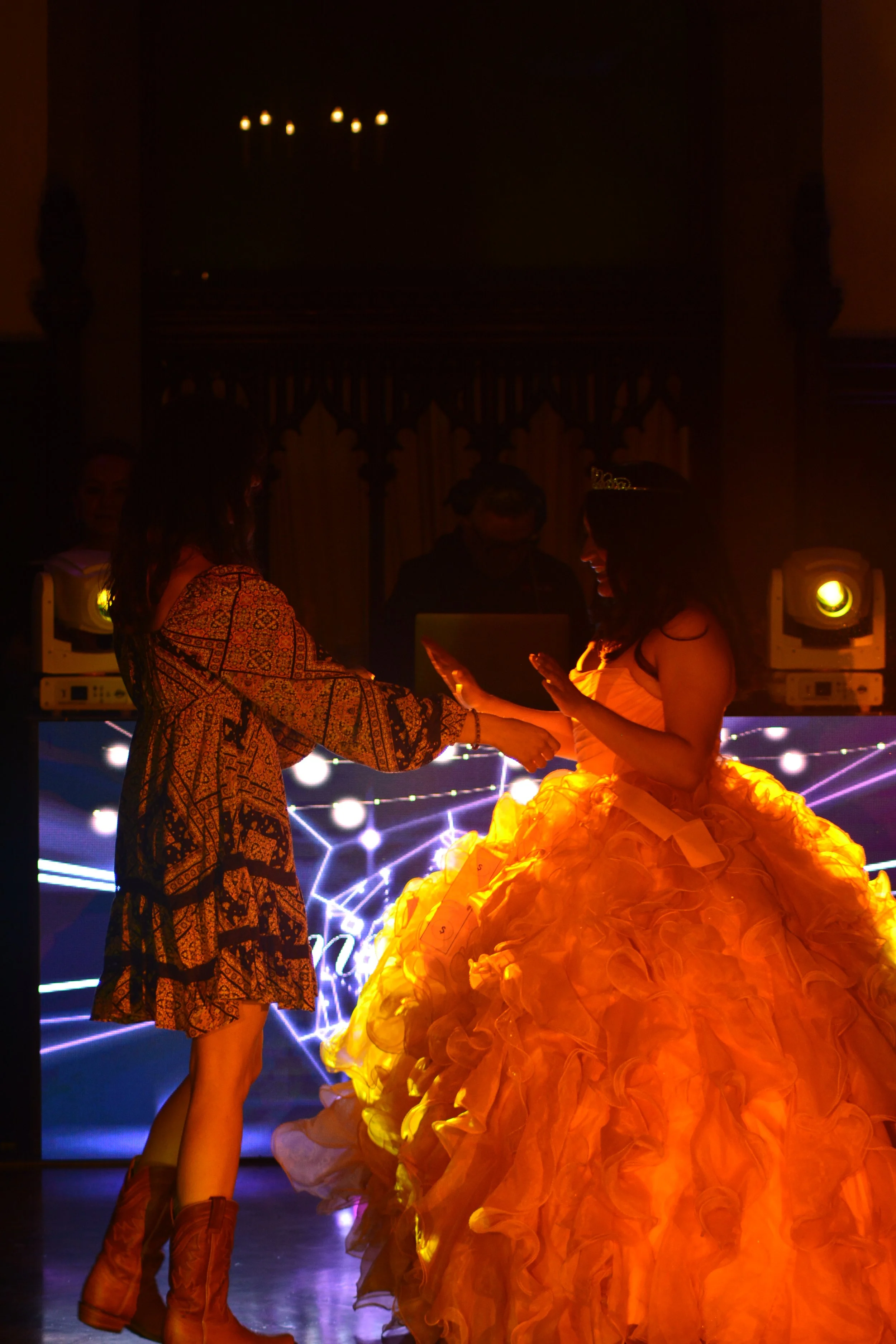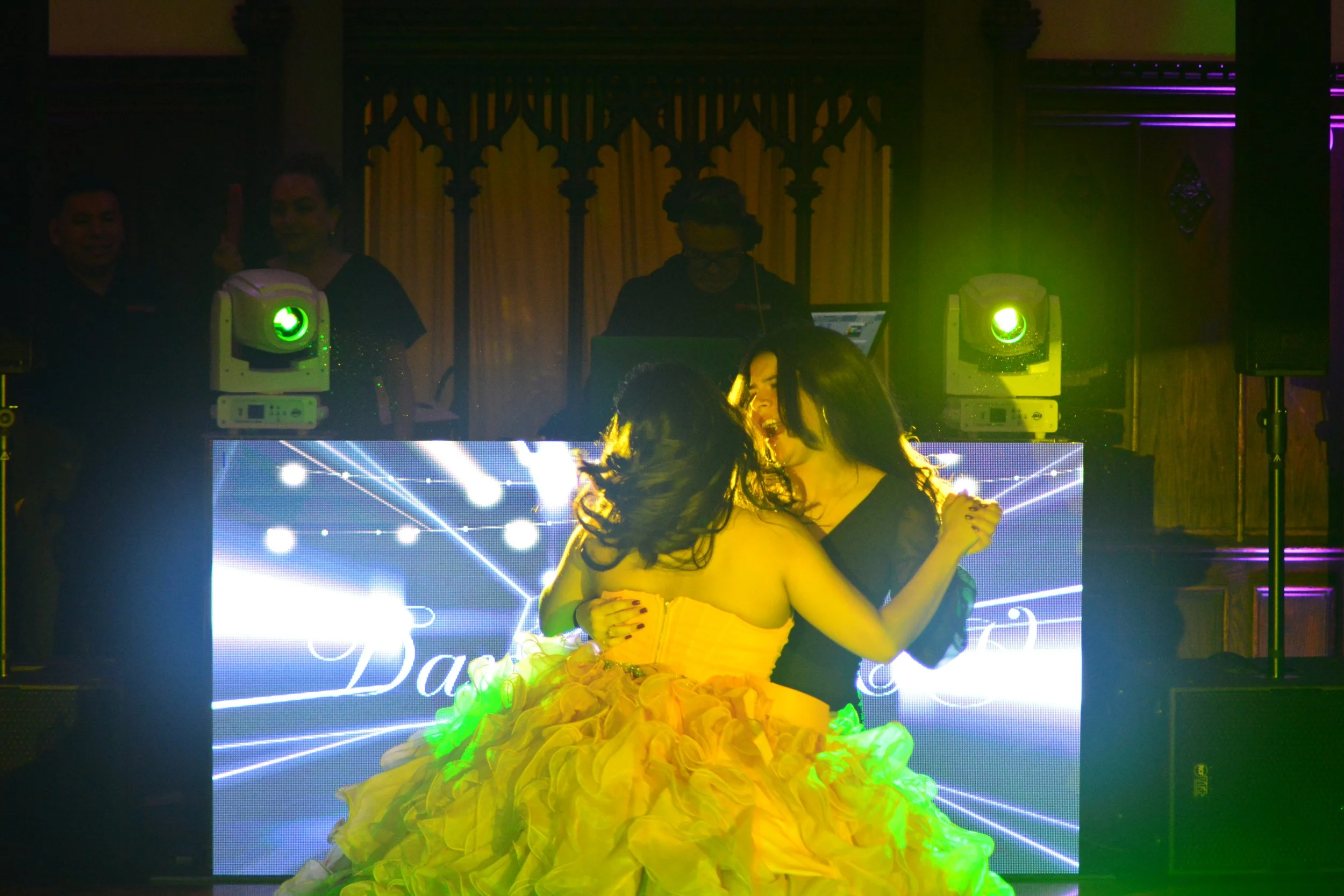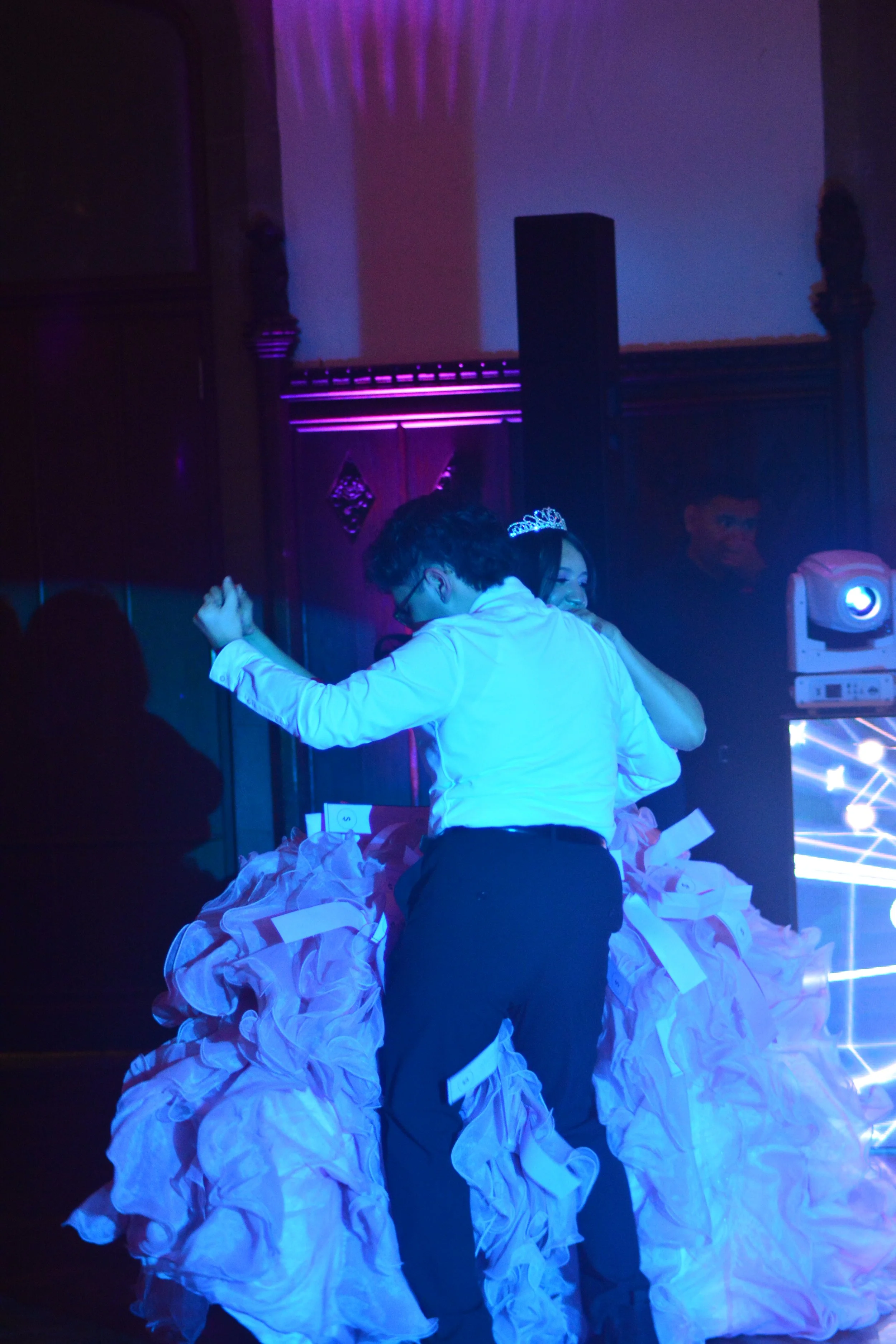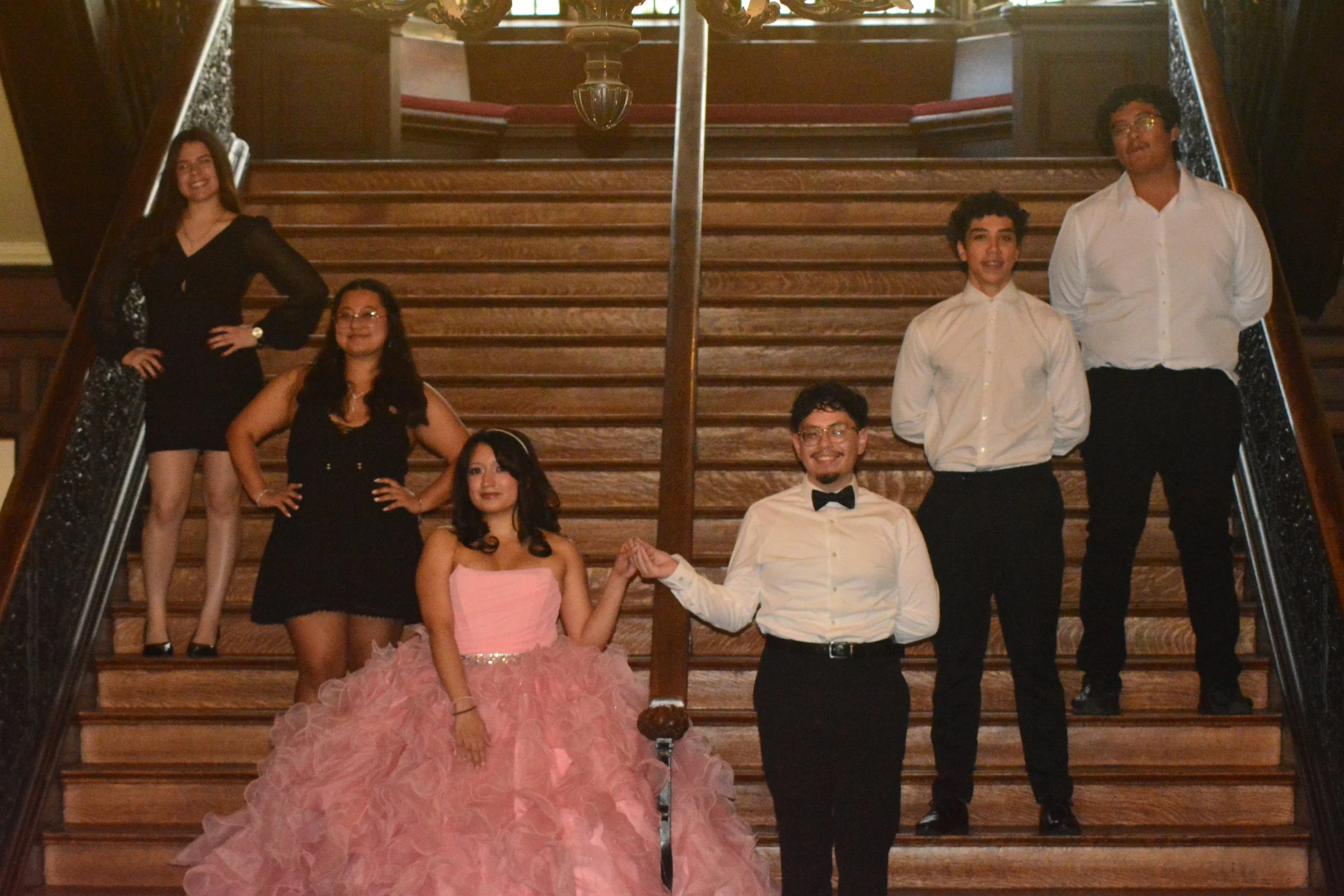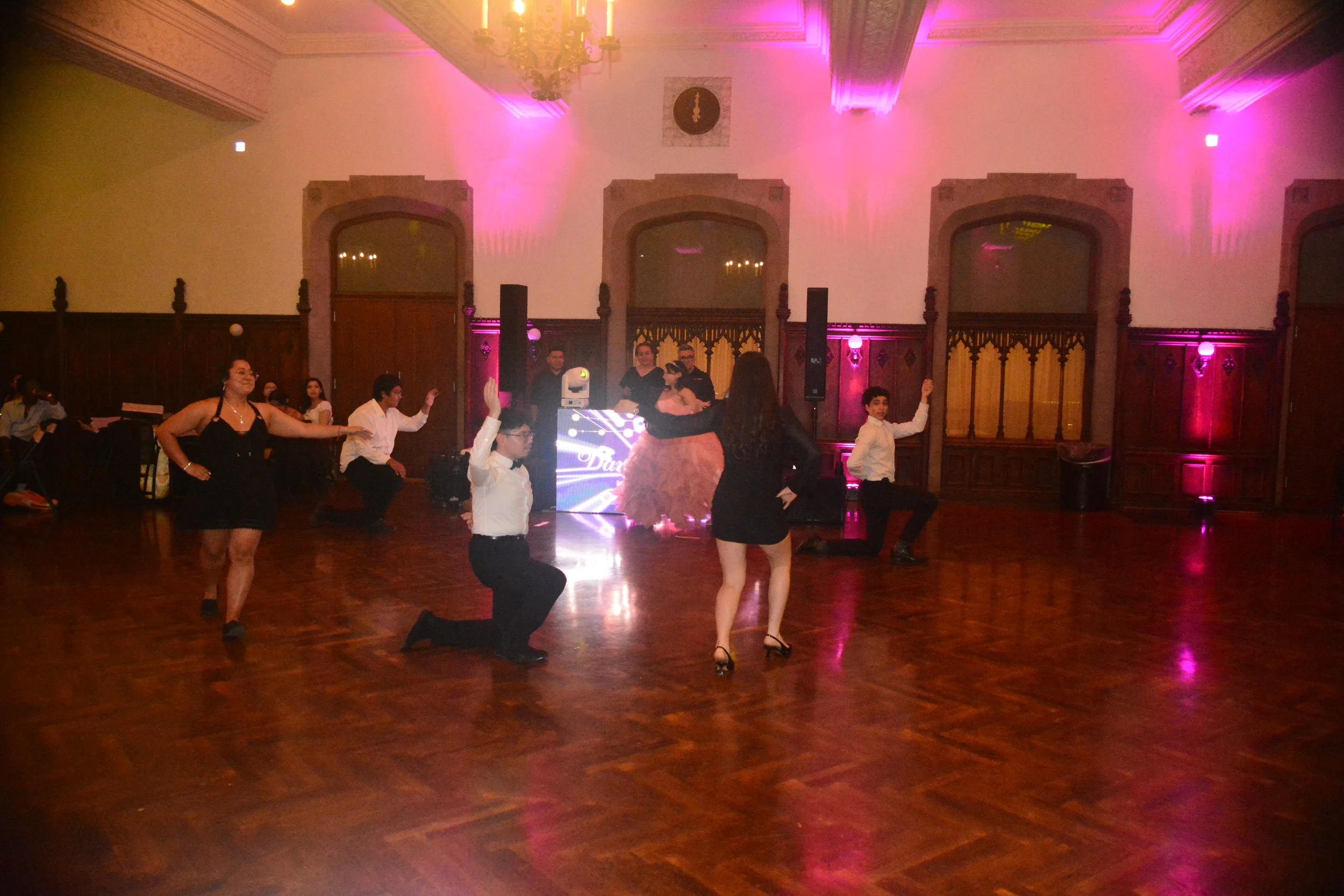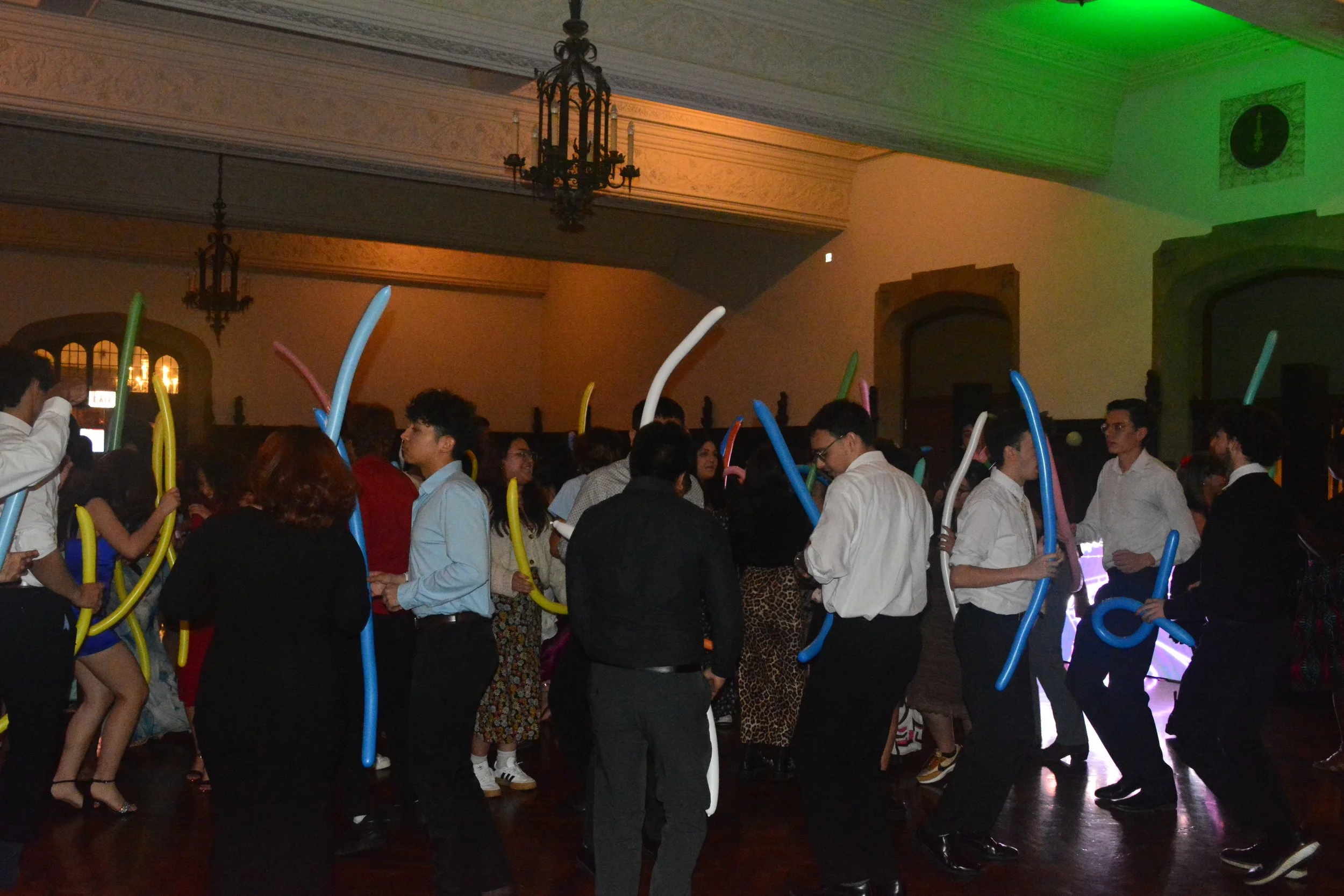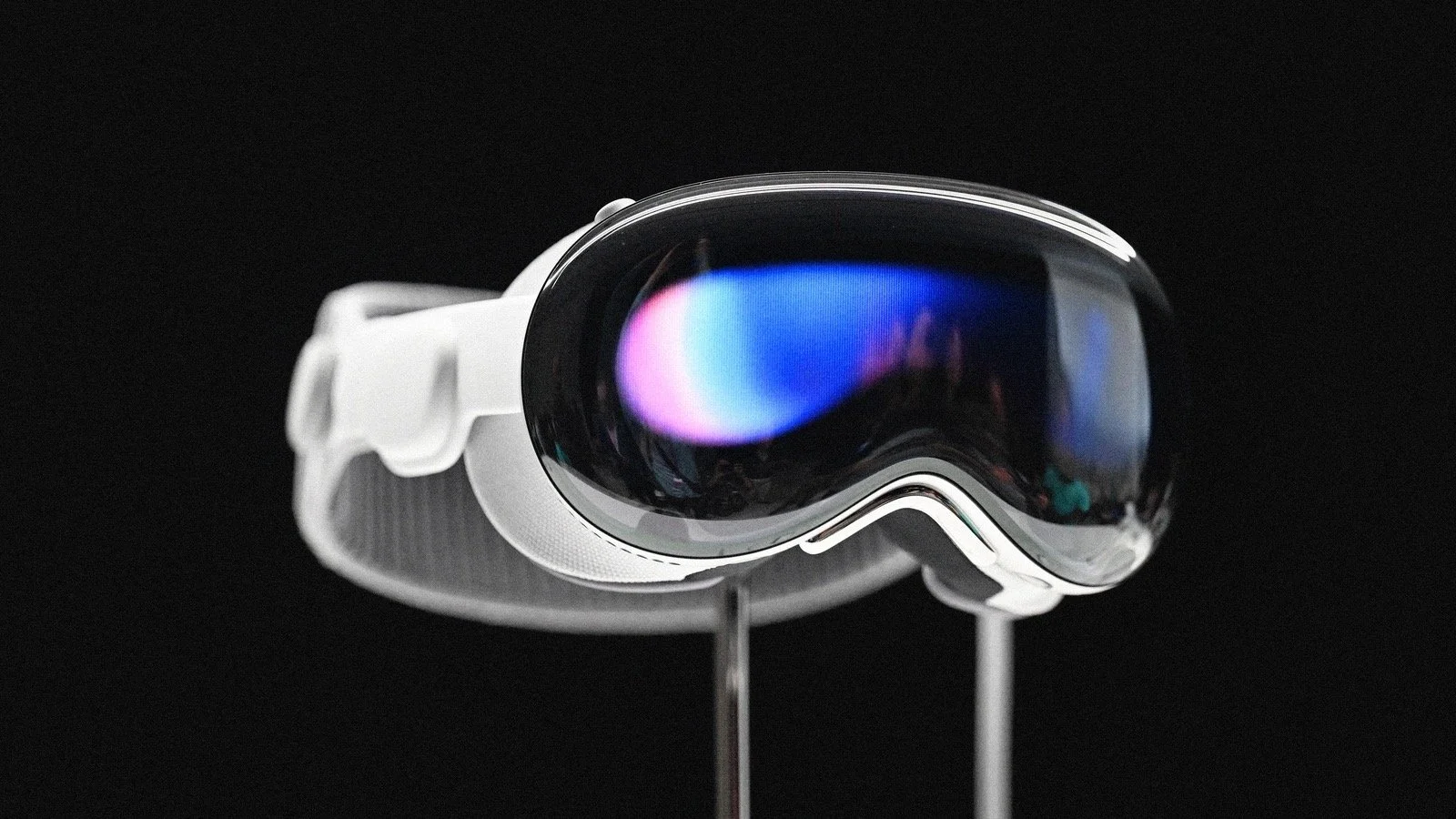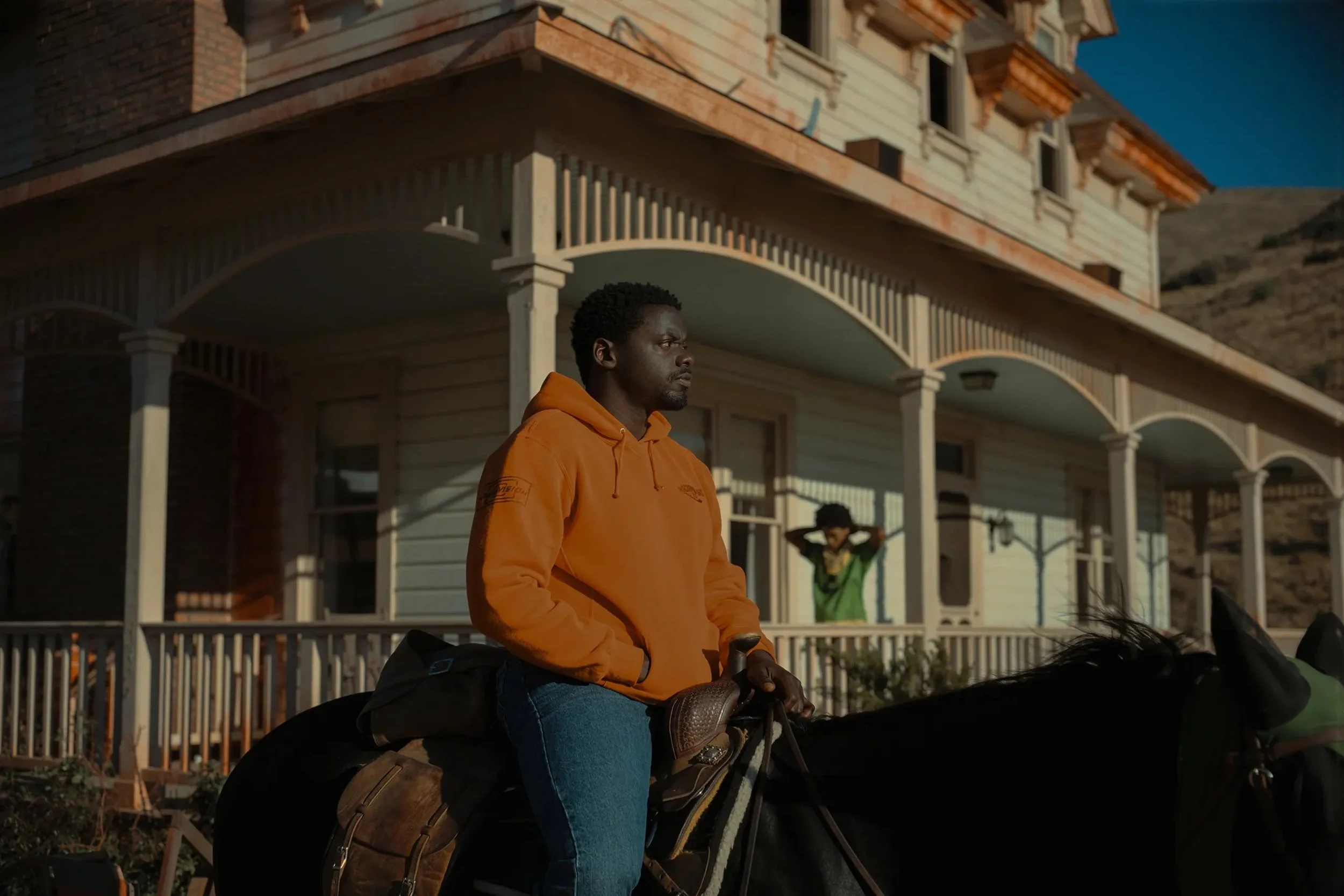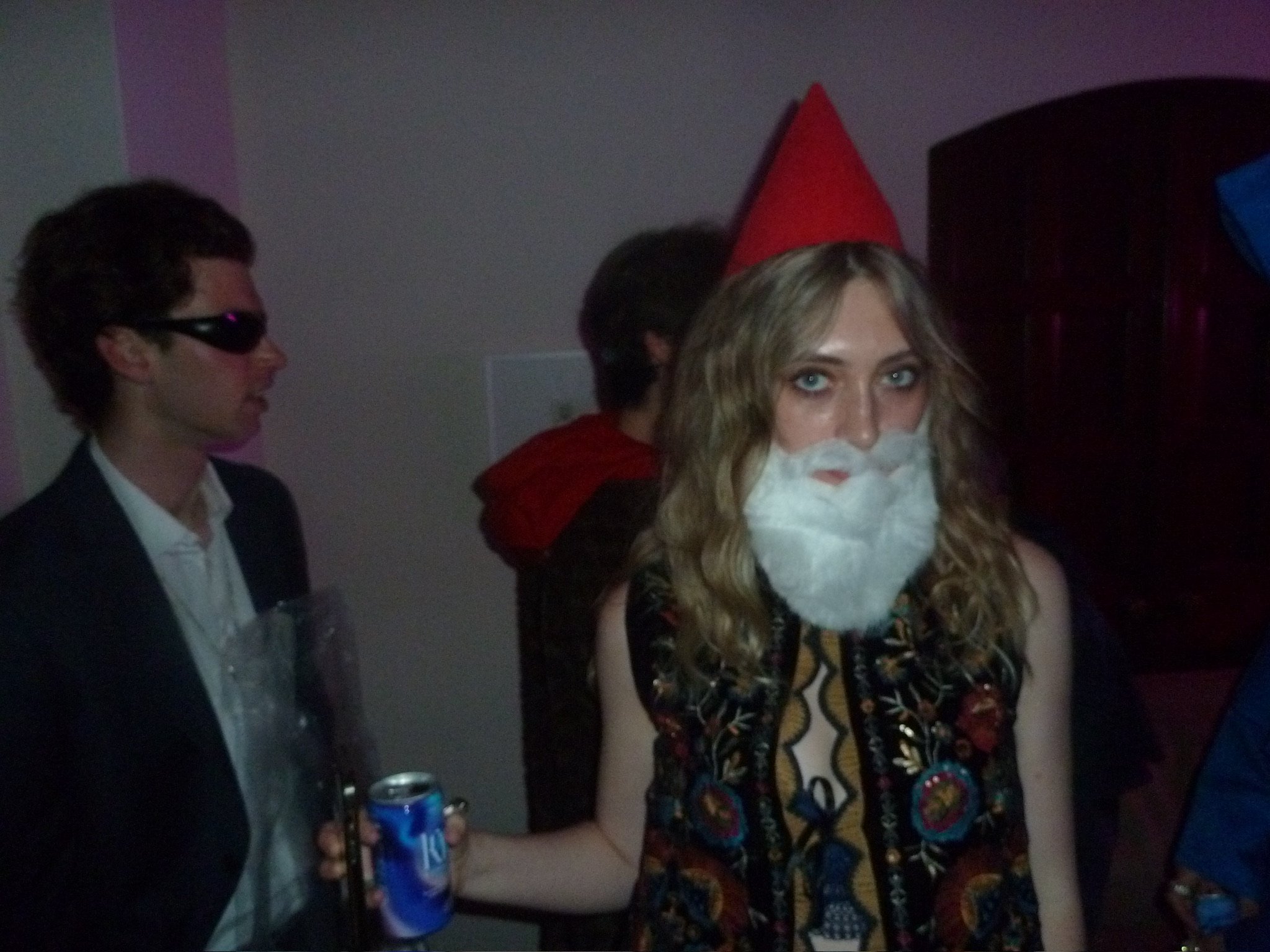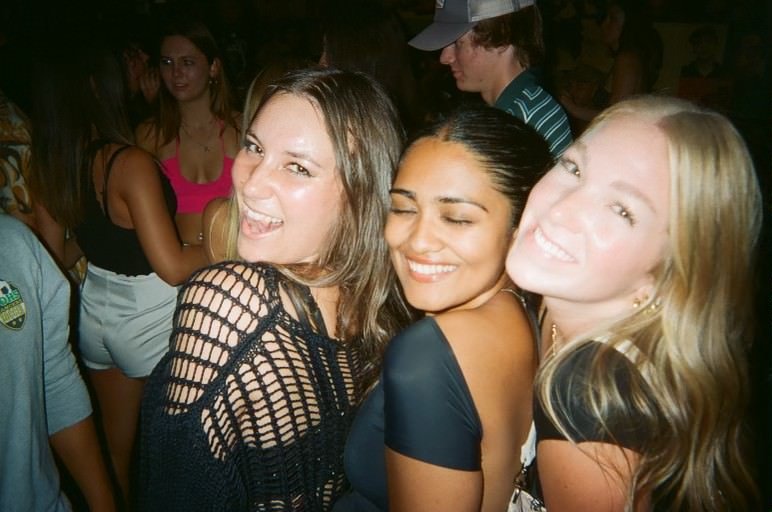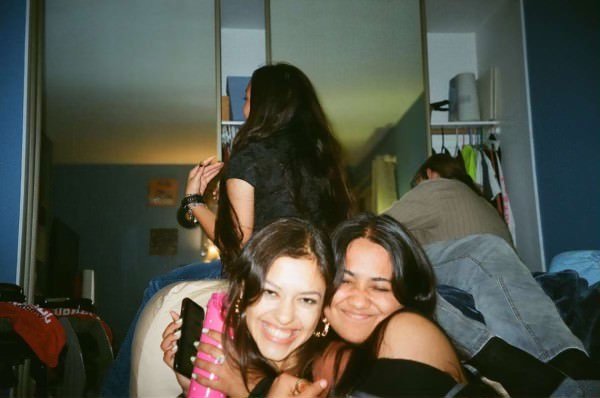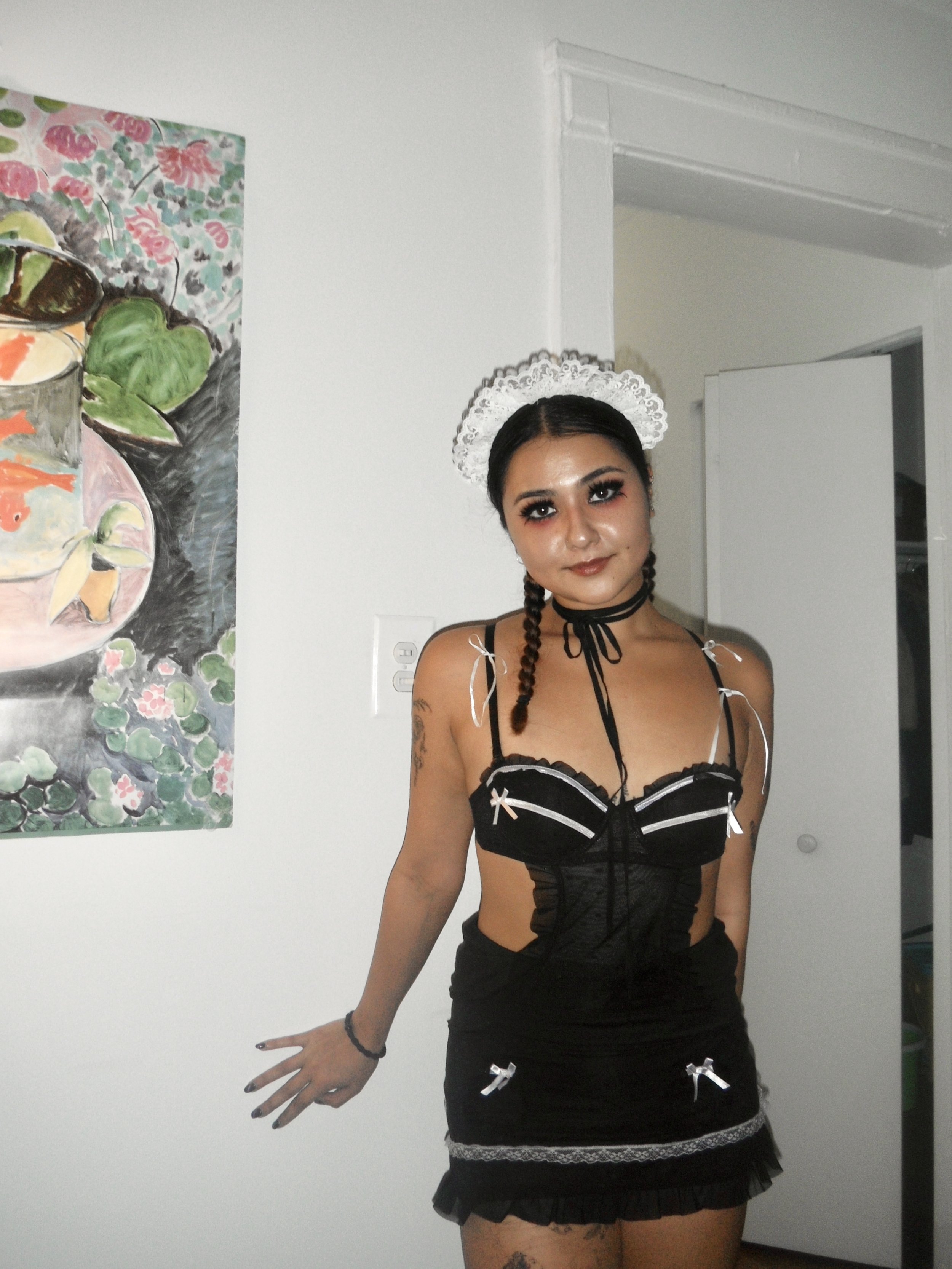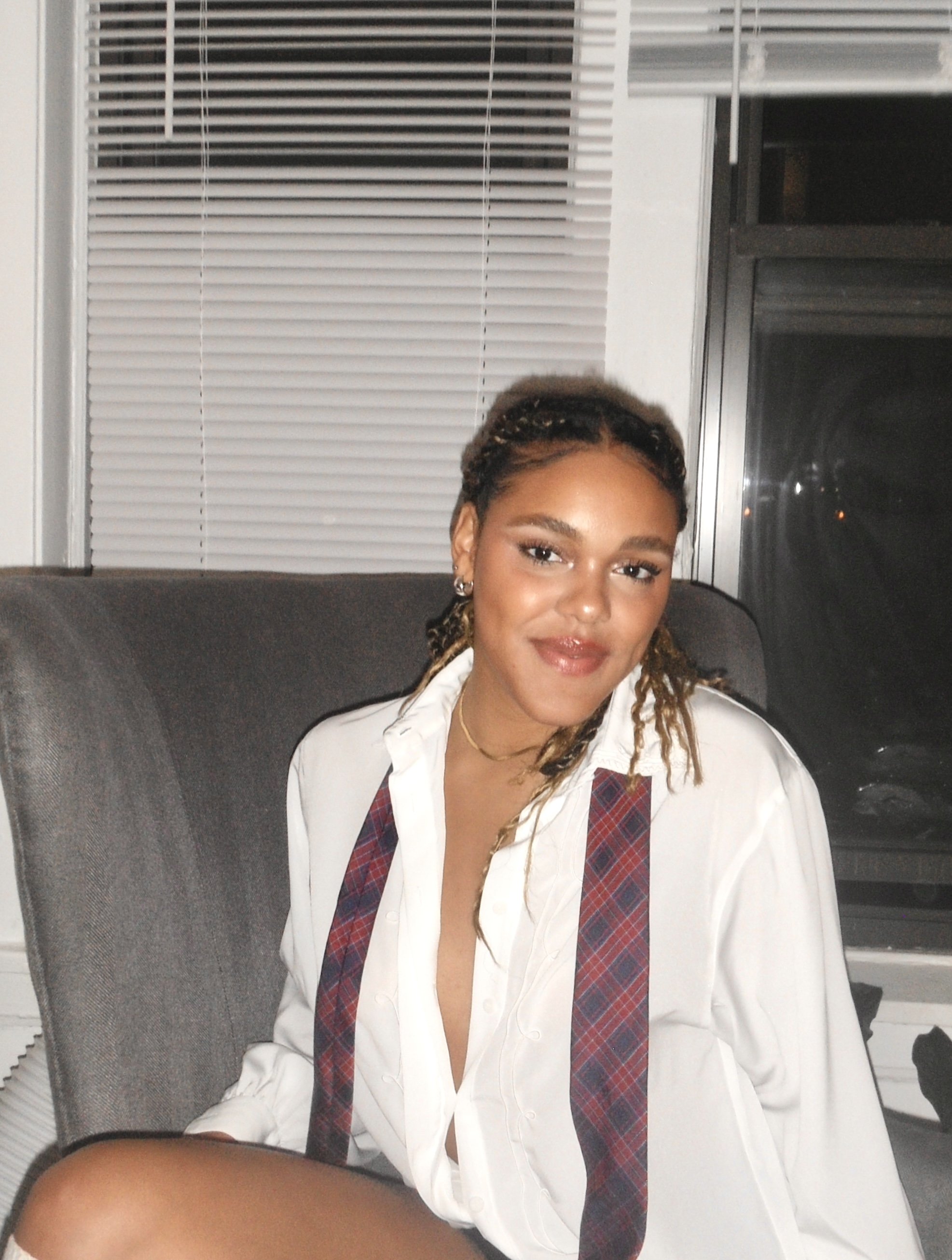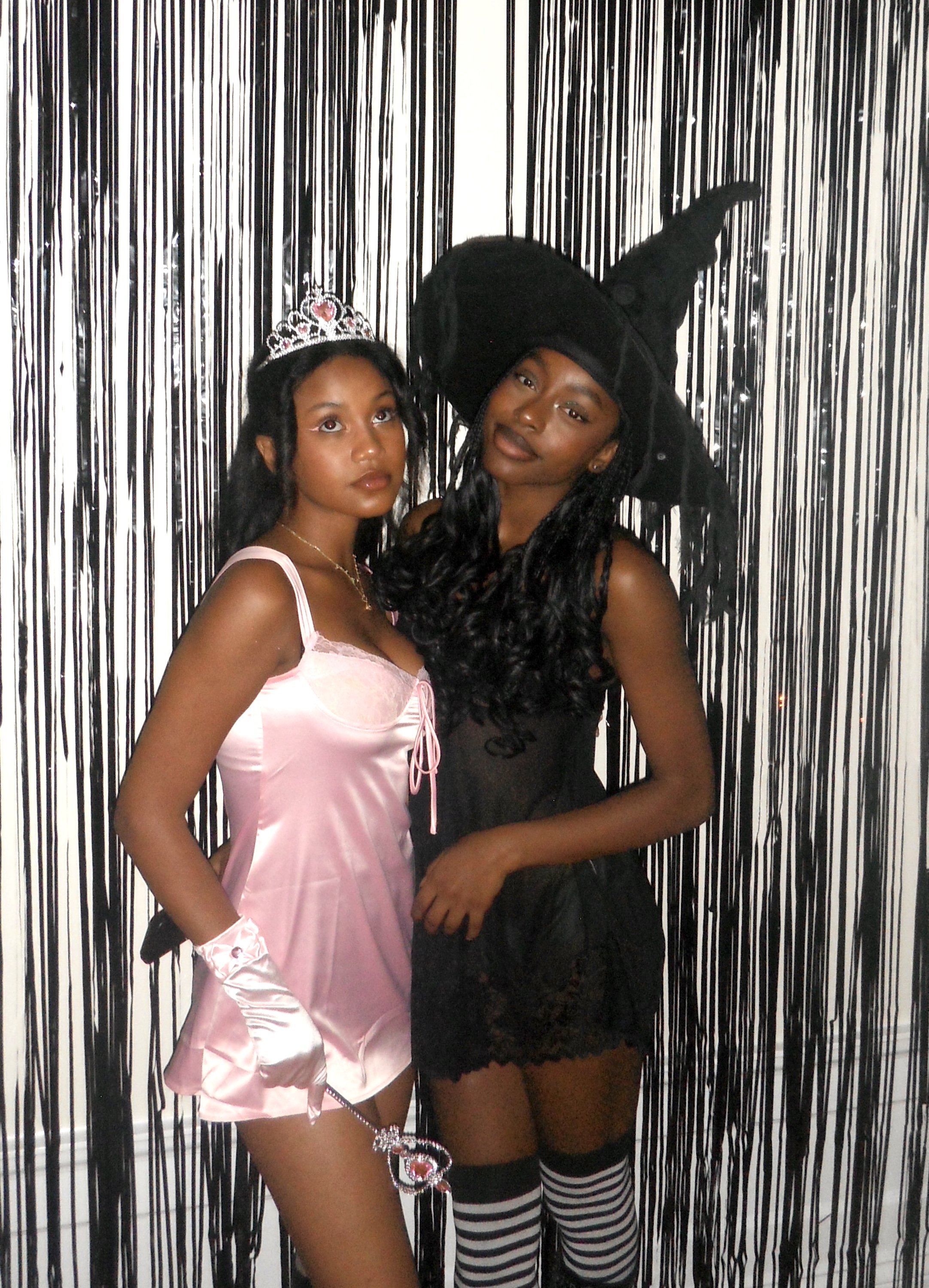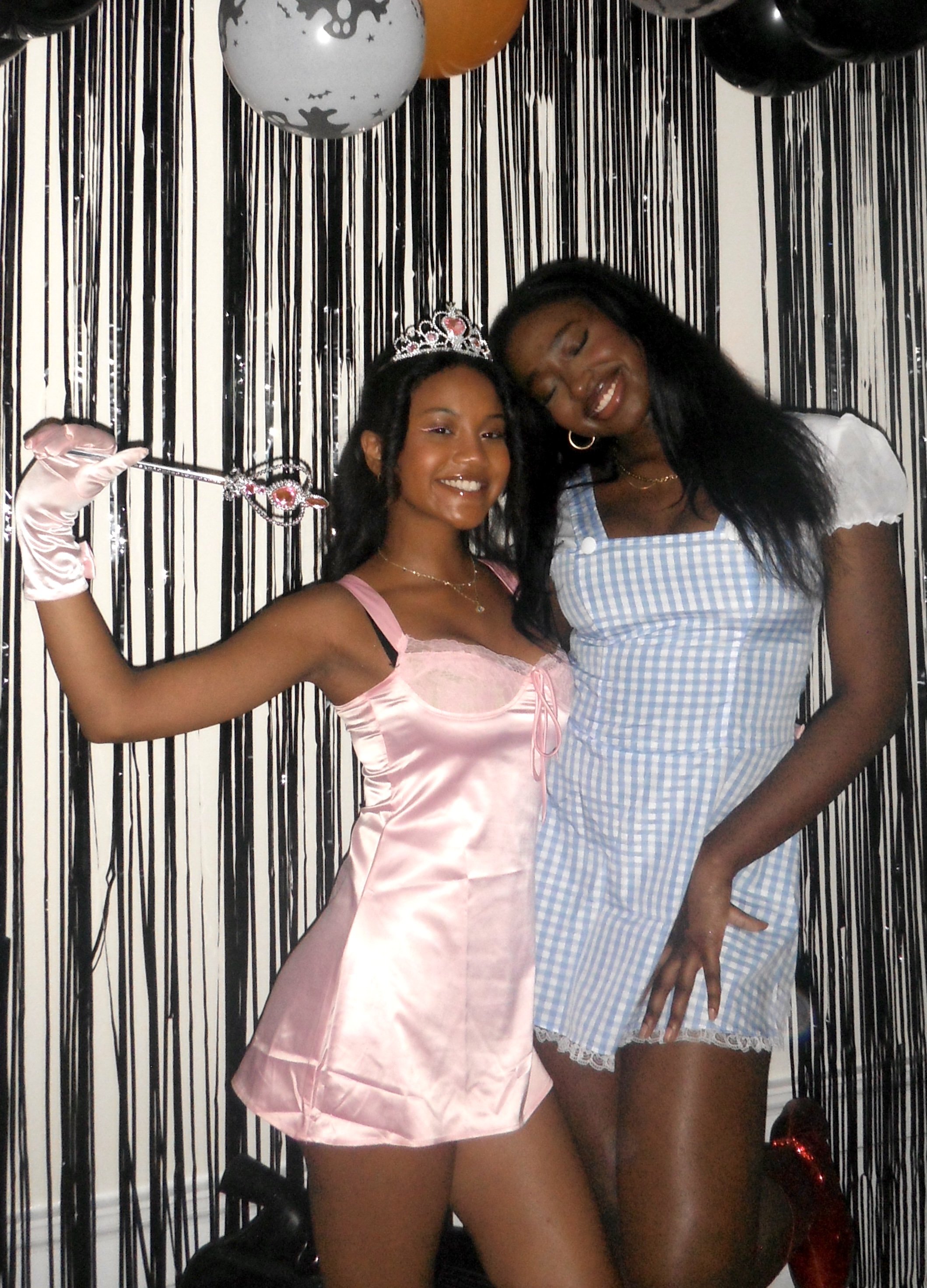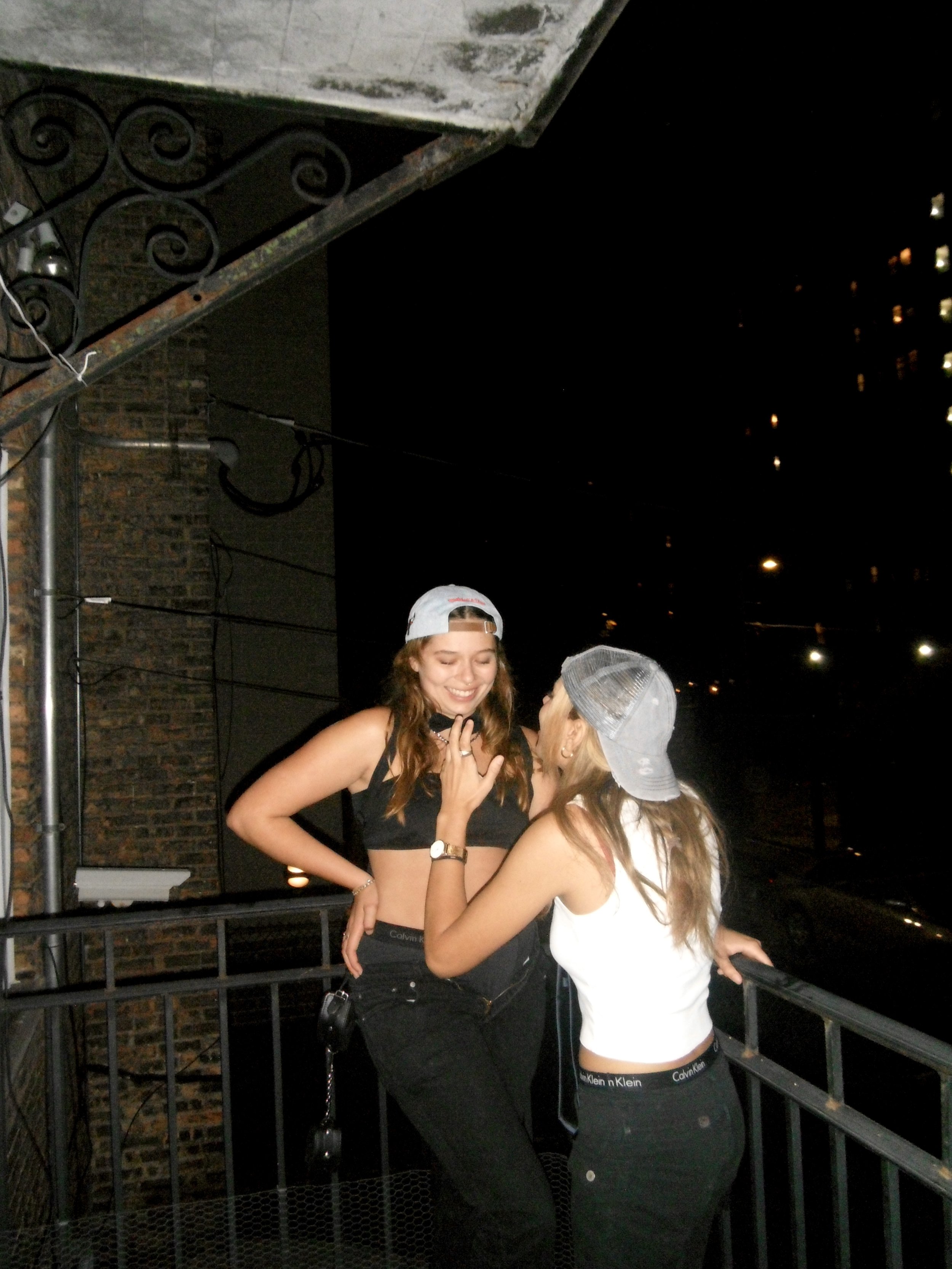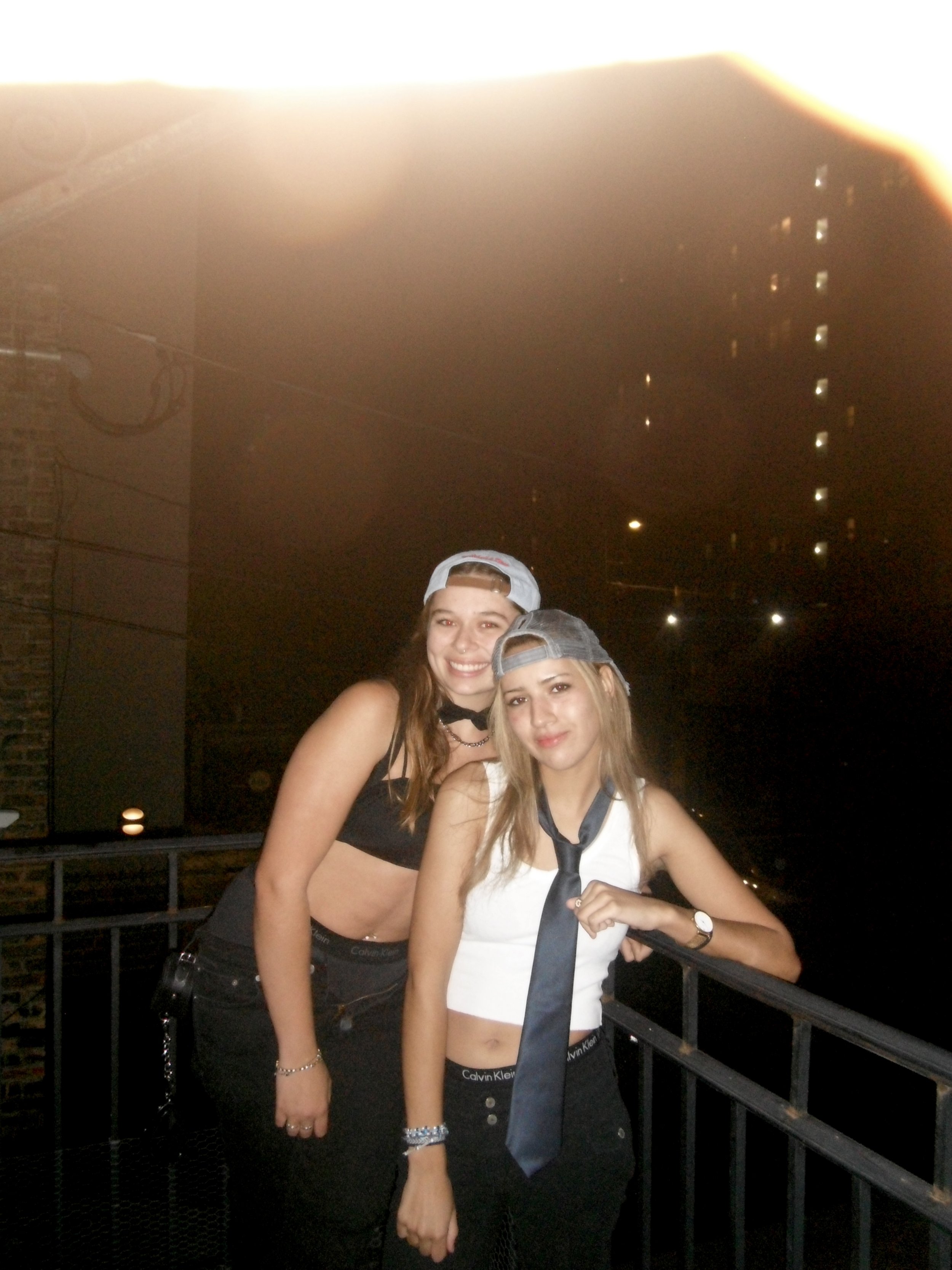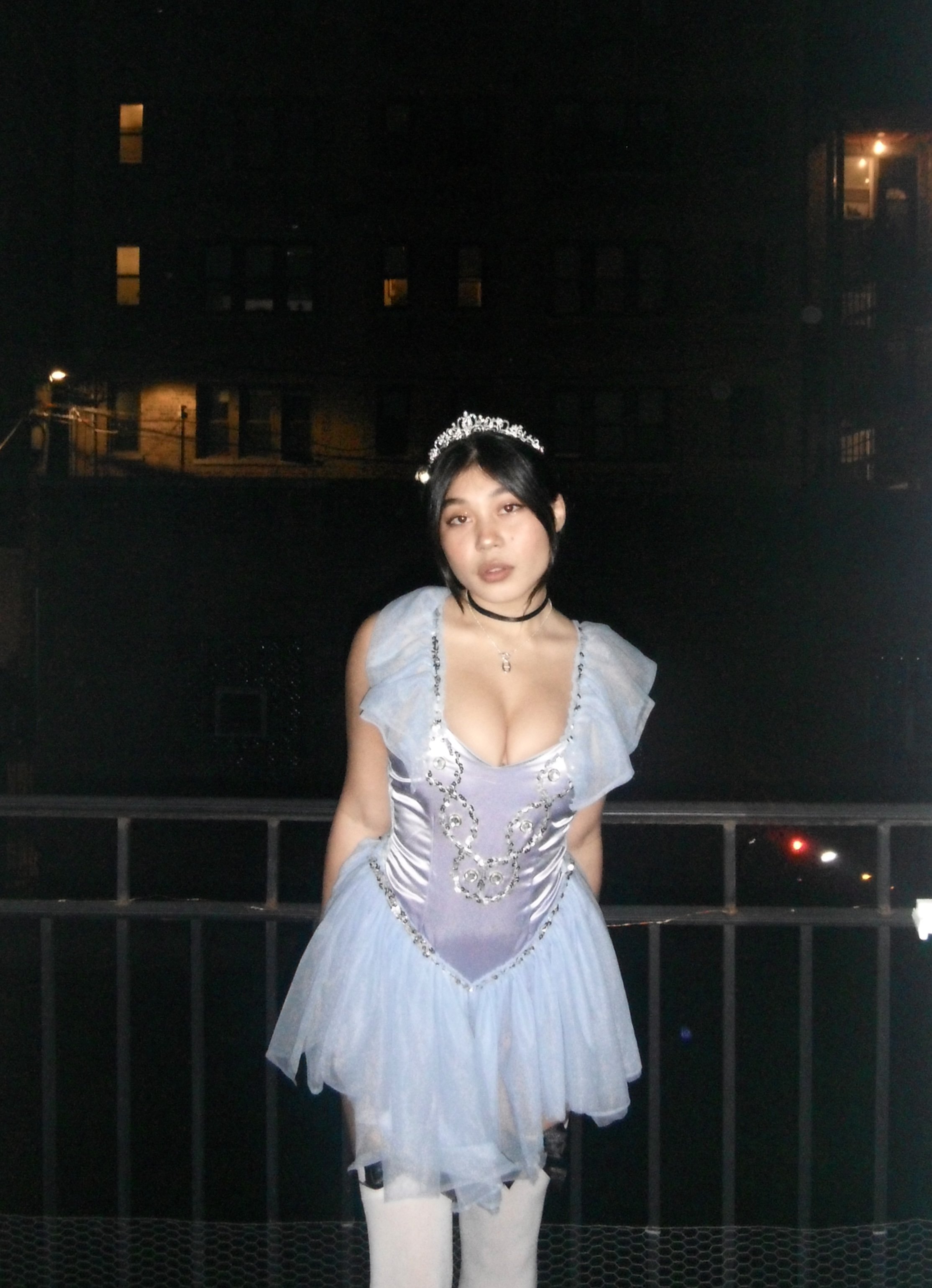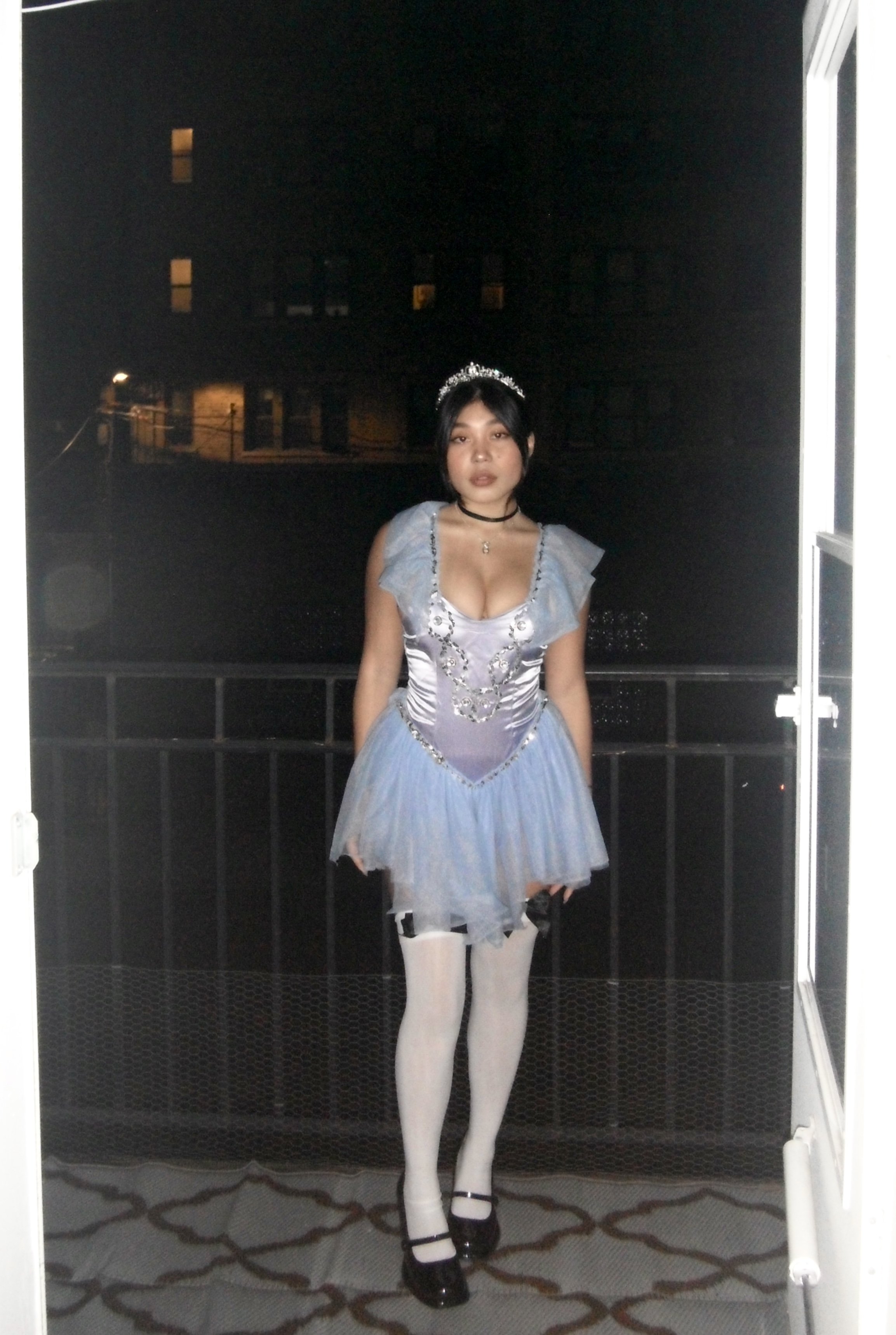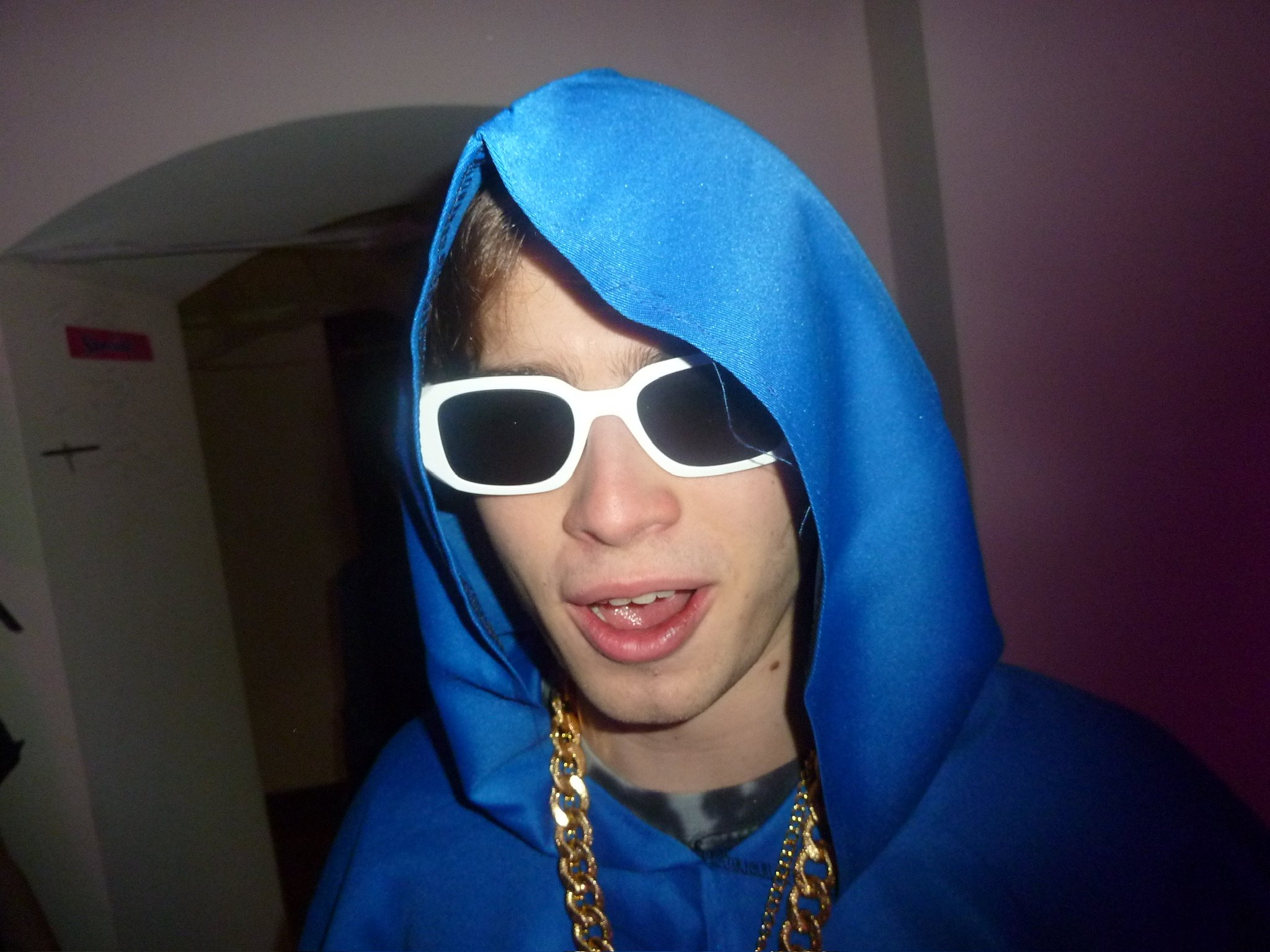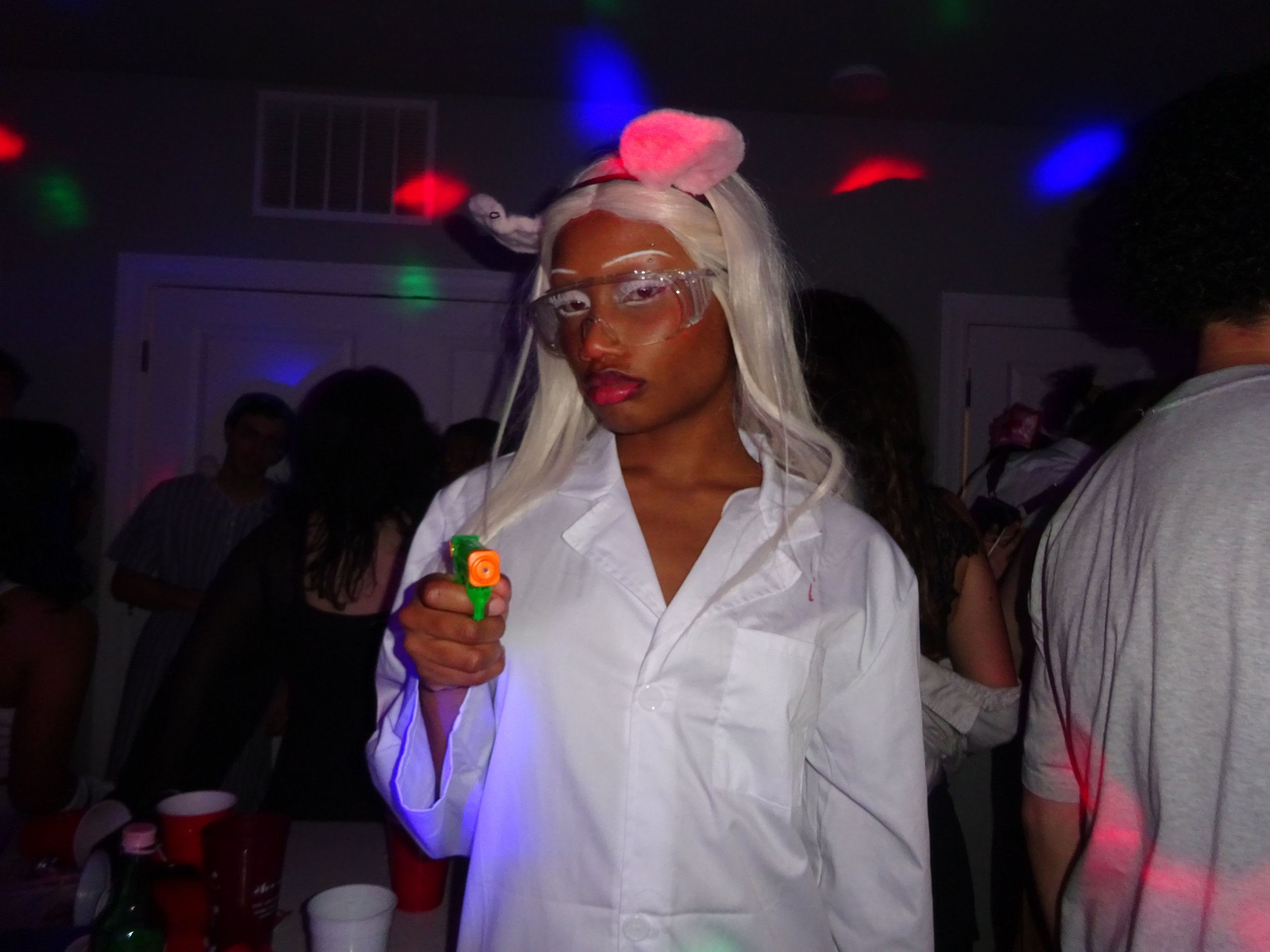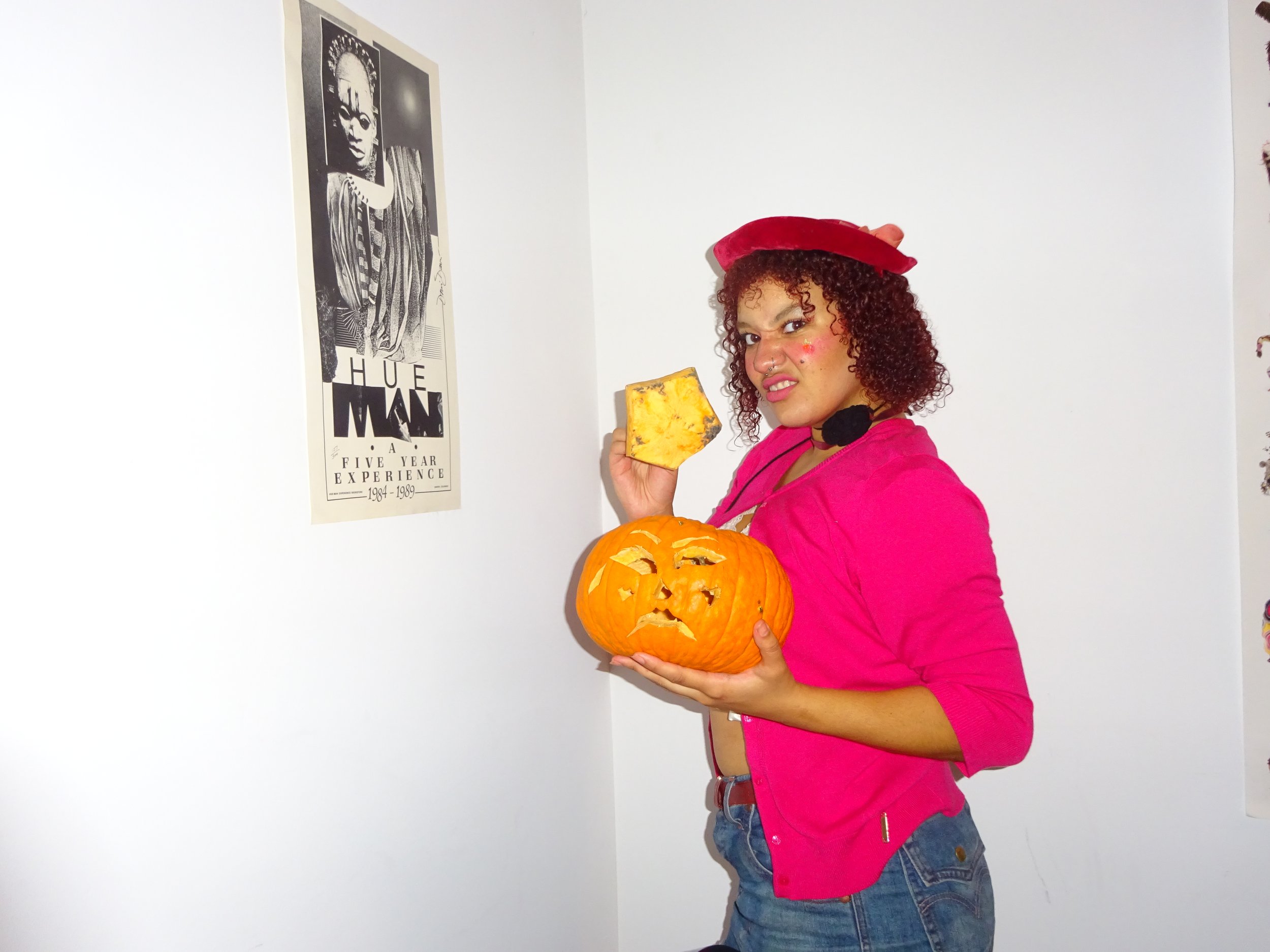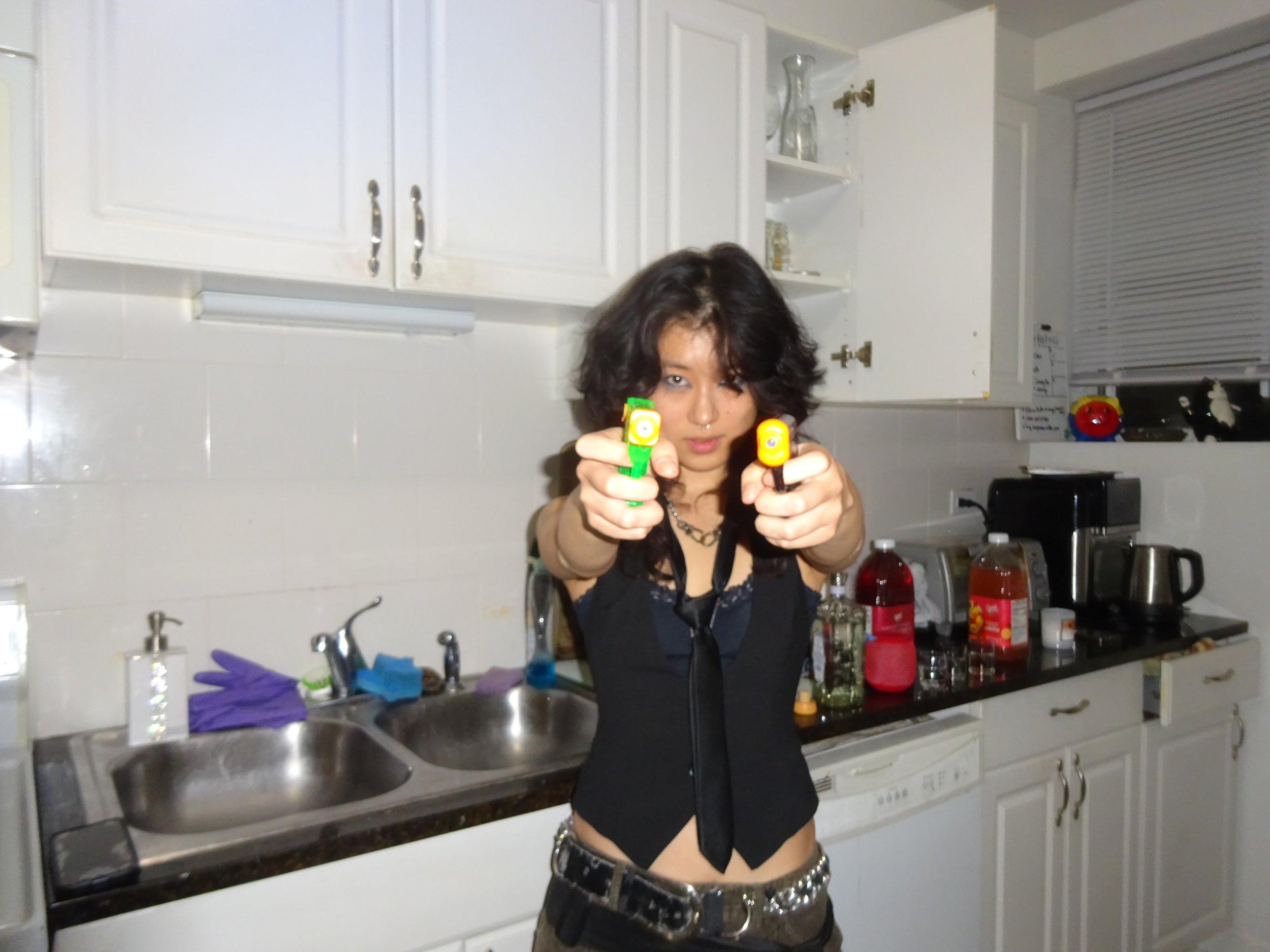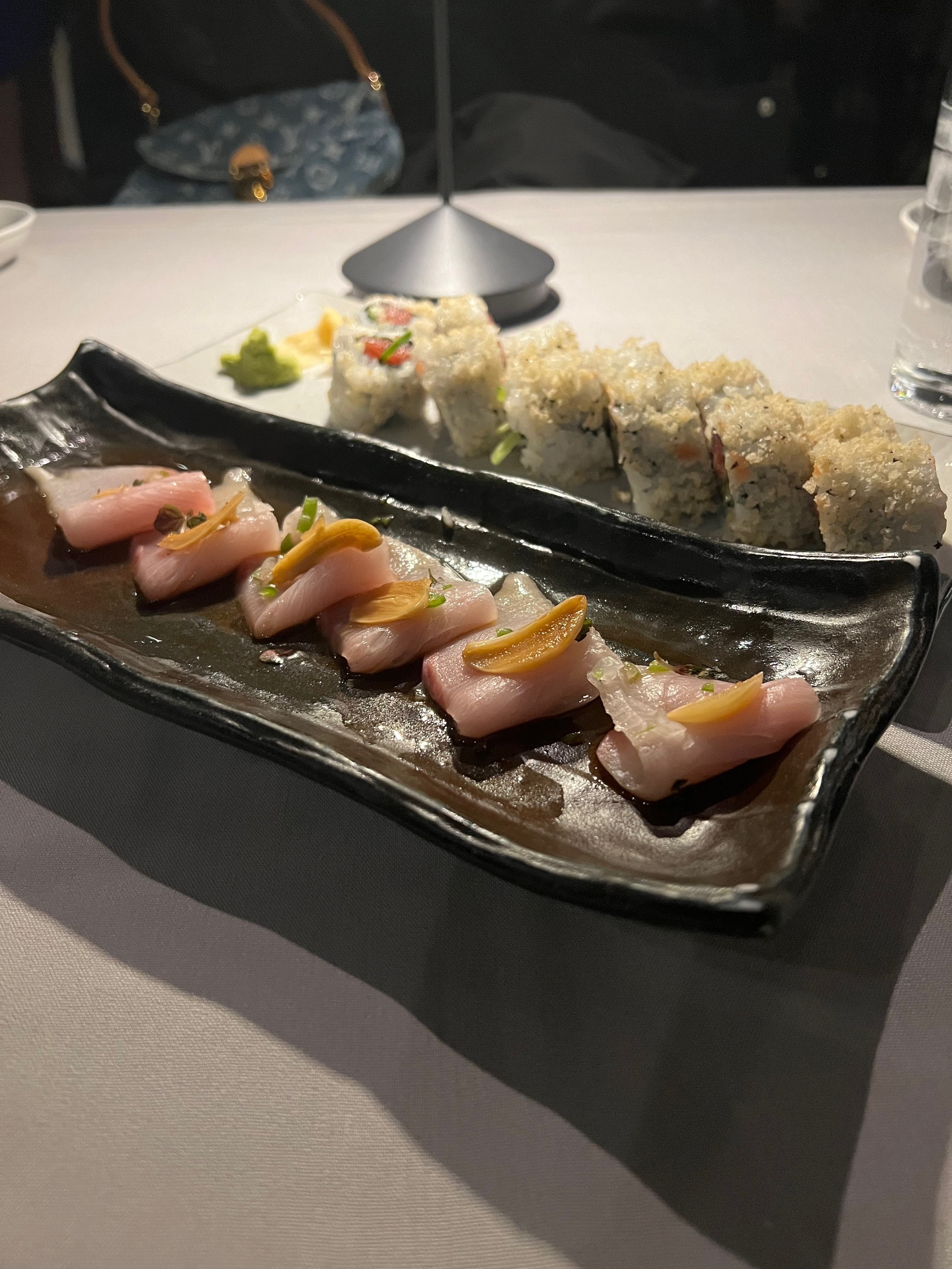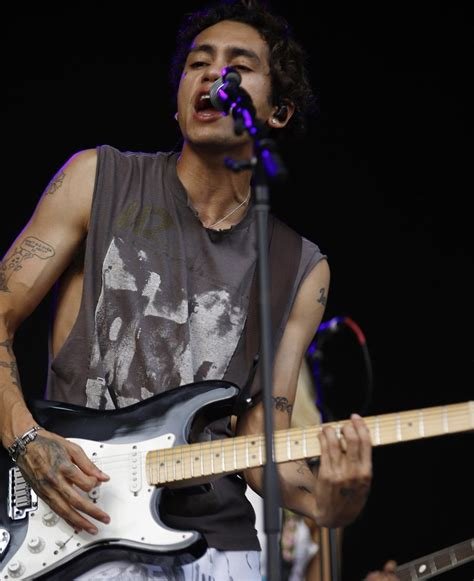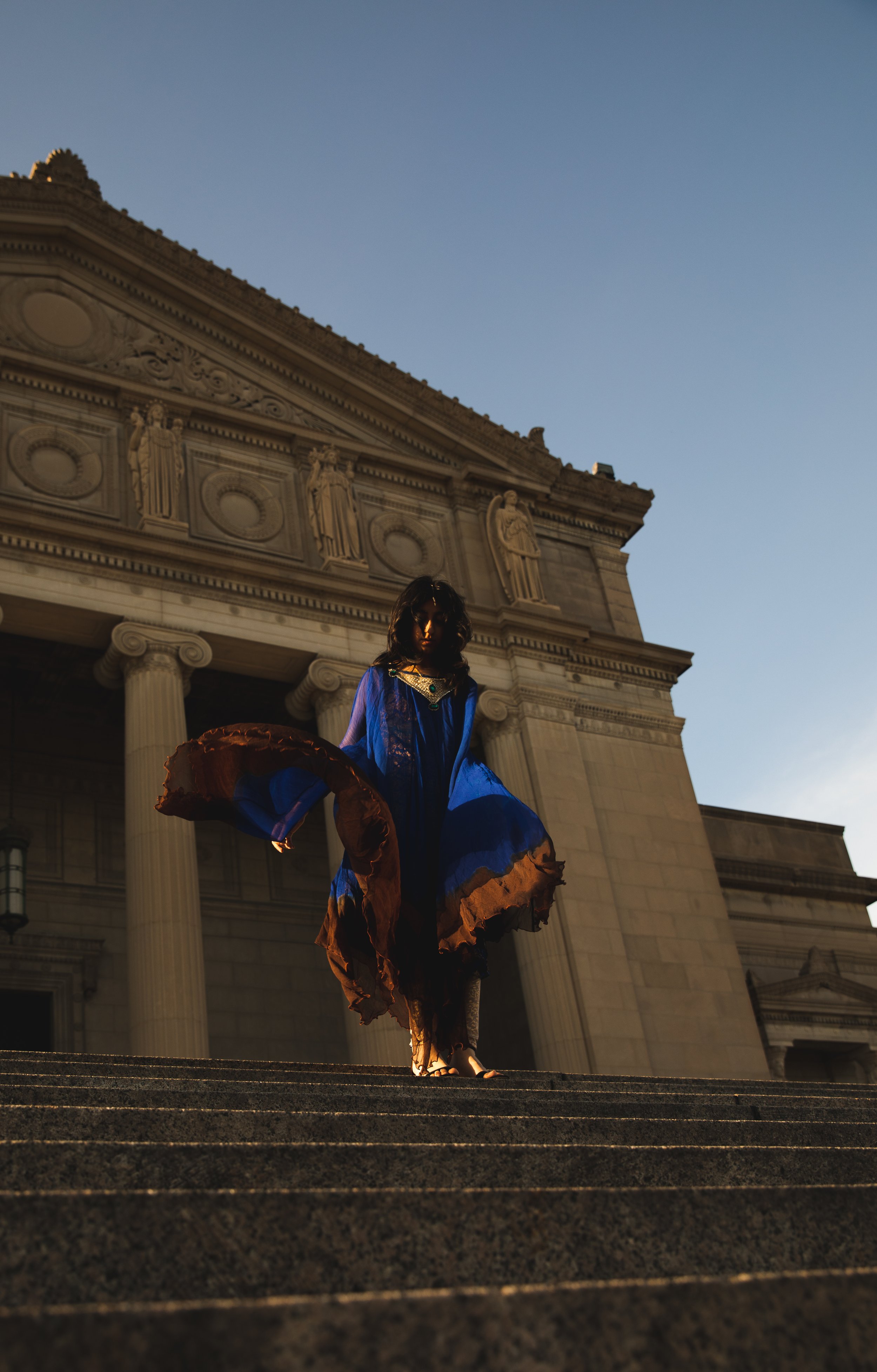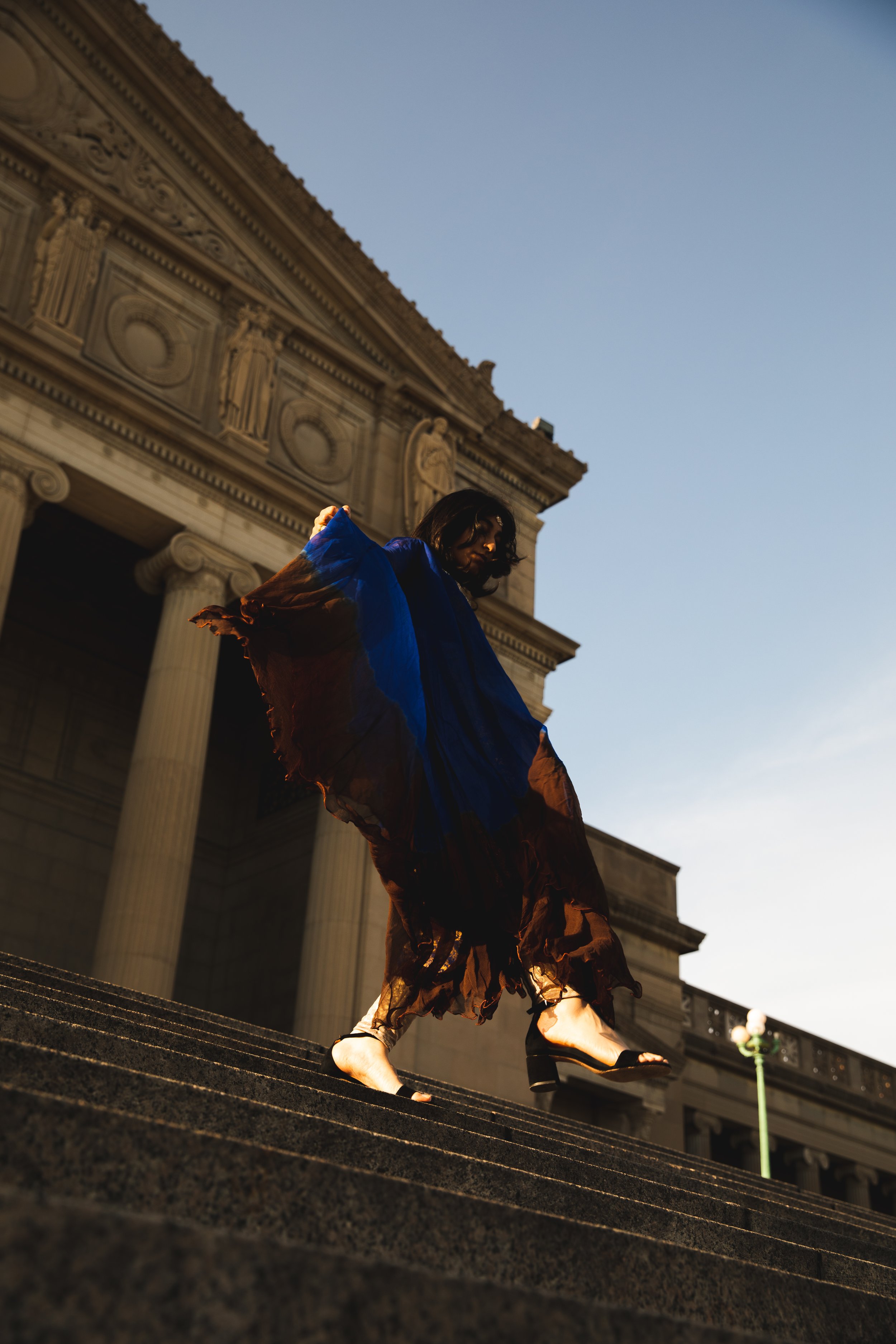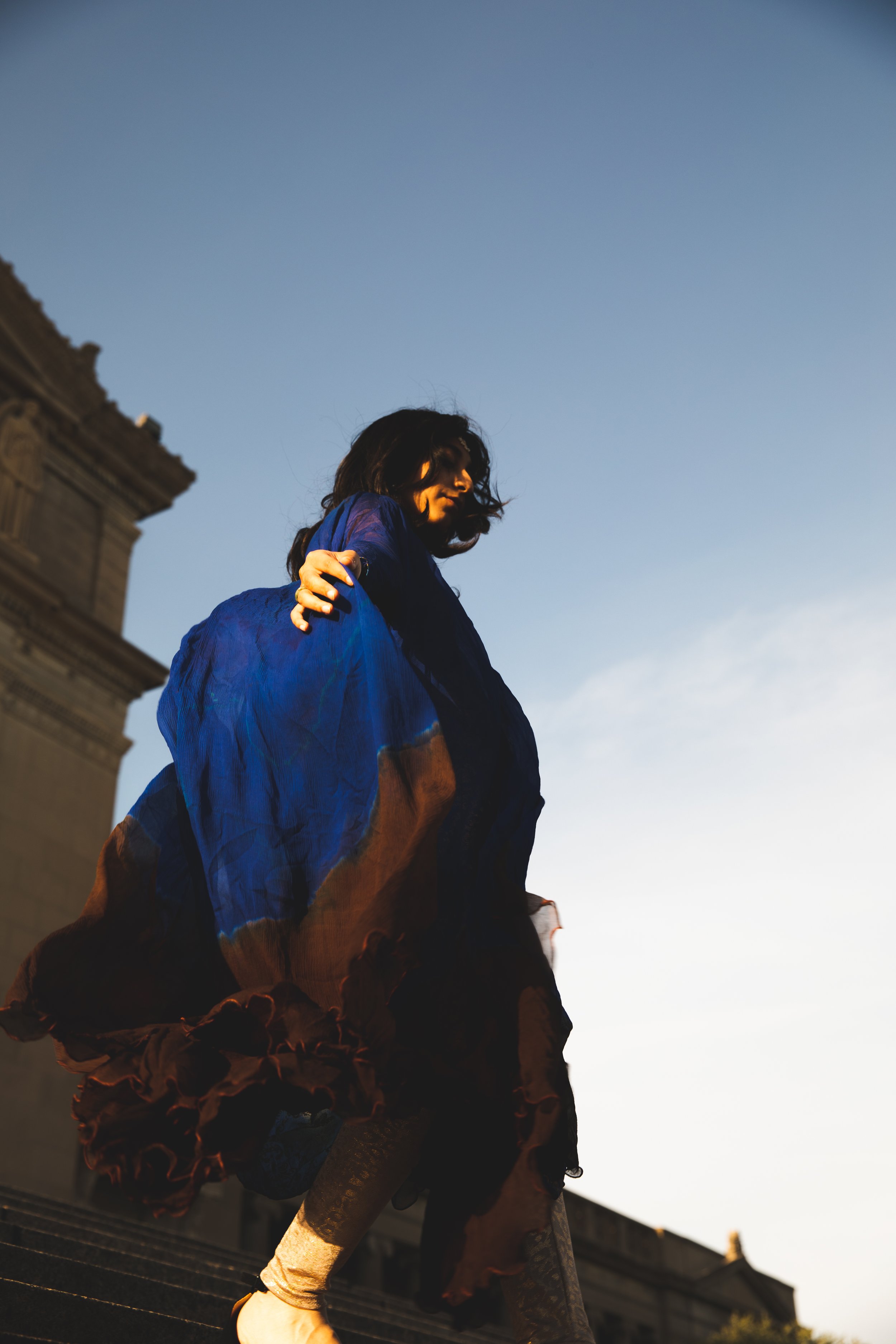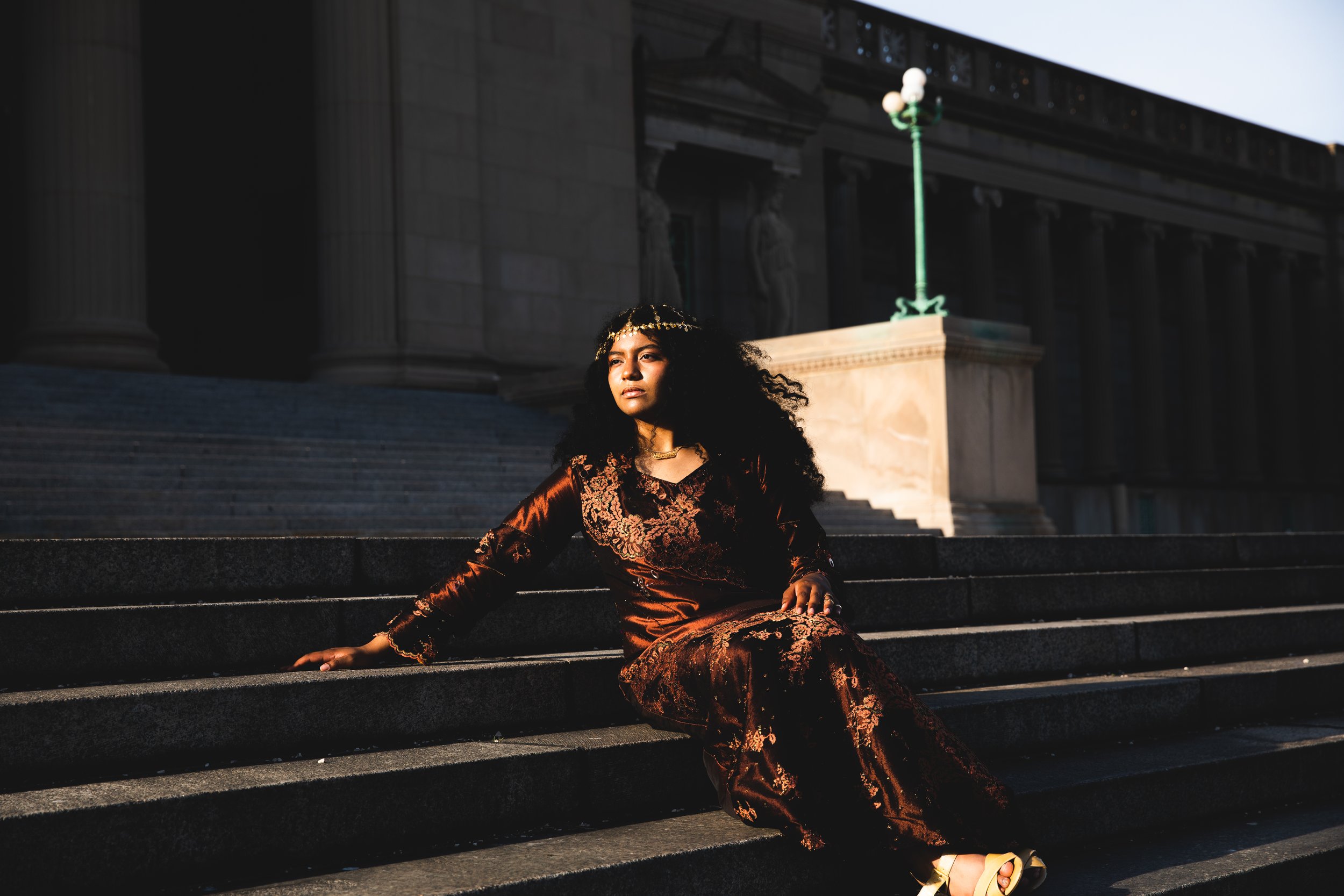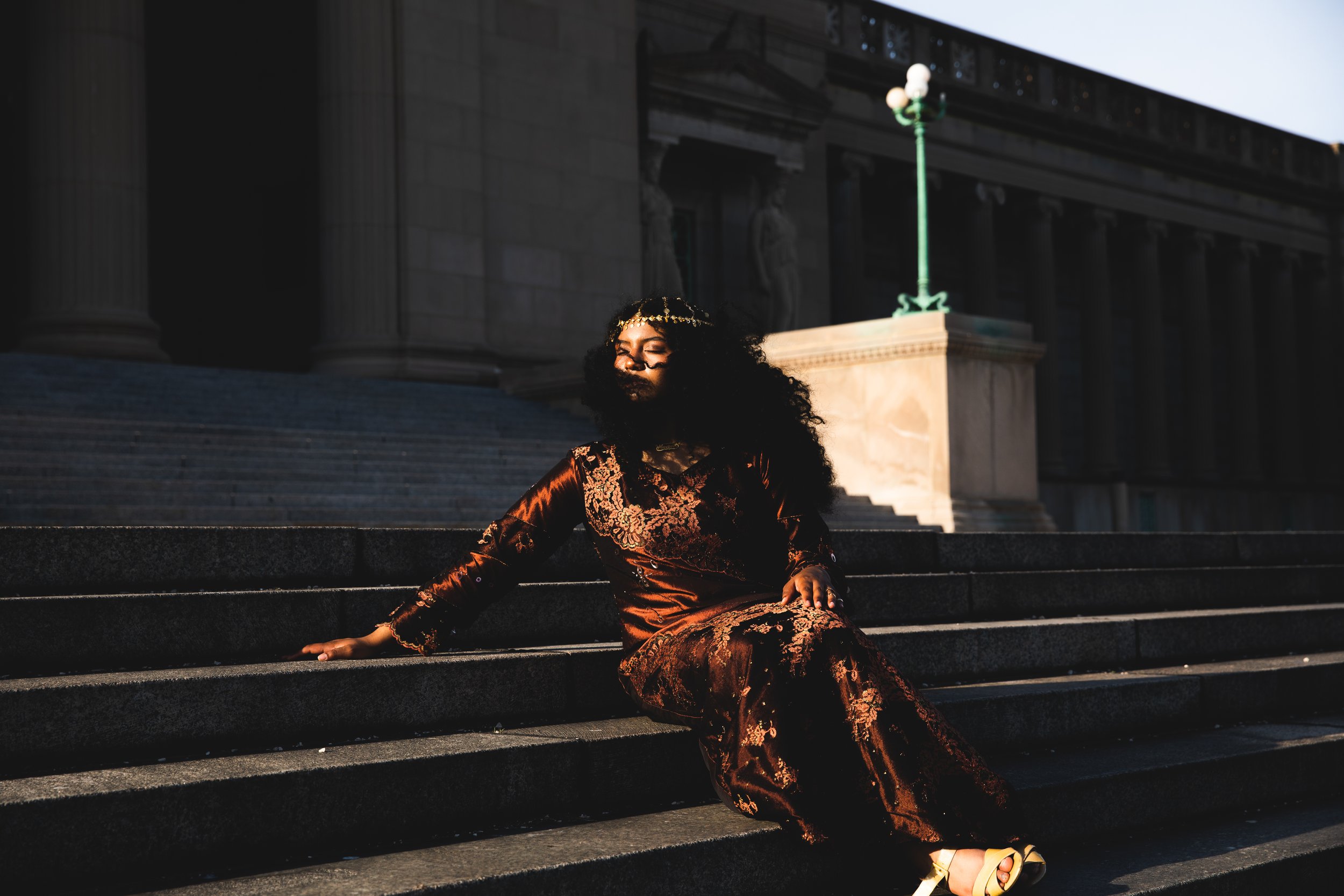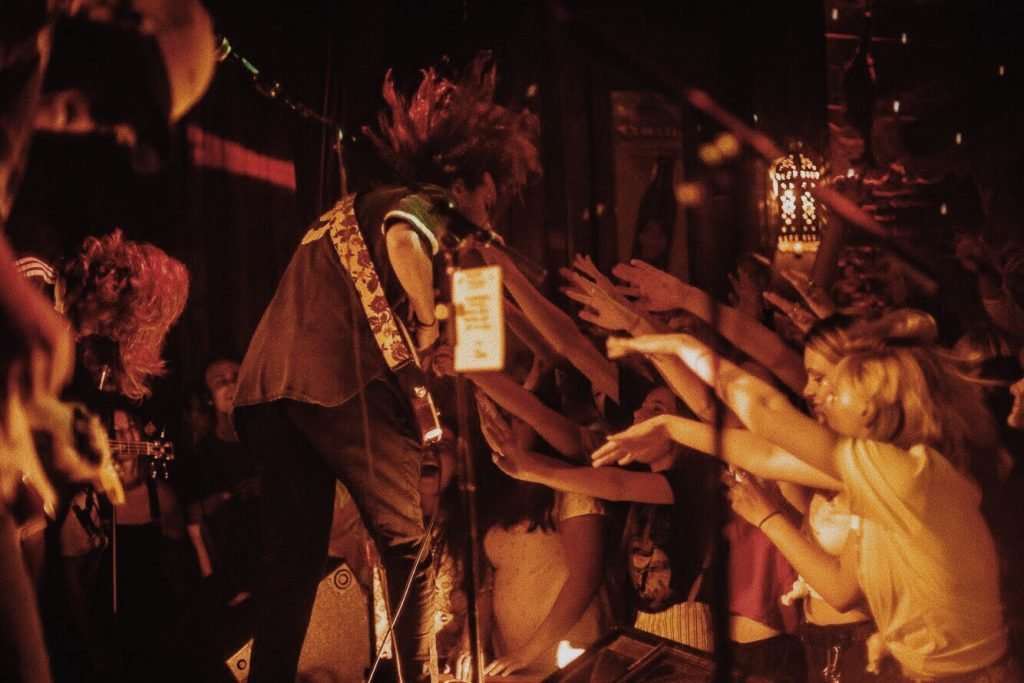Instagram is a fake unrealistic entity, but I get a warm feeling inside when I can take control of my self-image and have an escape into the best version of myself. I love a nicely curated carousel of images. I love to show off the cool things that I’ve been up to. I love to craft an aesthetic collage on my feed. I will openly admit that I like the pressure, the rush, the frenzy when I post. The stakes and adrenaline are high but the reward in validation is even higher. Instagram is the most fraudulent form of media, and I love that. It's okay to want to feel good about yourself through the approval of others’ perceptions. Why do I need to be realistic for others’ viewing purposes? I agree that Instagram perpetuates this unrealistic culture where life is perfect and aesthetic, but why is that so bad?
Is it wrong to want to look my best and feel my best when I usually don’t? Is it wrong to want to be perceived in a way in which I have control over? Not trying to go all Ready Player One, but I indulge in the escape from reality, the craft of my own world. In any way the cookie’s going to crumble, Instagram will never be authentic, and that's the beauty of it.
BUT, I do appreciate futile attempts to imbue a sense of realness or authenticity into social media. As a chronic oversharer, I have to regulate what I am posting for 1,000+ people to see. Time and place :/. For many, including myself, finstas have become a therapeutic space where we can express our feelings in either the most cryptic or explicit ways. Finstas are the self-obsessive, sugary, trashy, colorful parts of life with a splash of the uneasy thoughts we conjure in our mind. Photos don’t need to match, people don’t need to look good, and the constant posting shouldn’t bother anyone.
### After the whole Moongate scandal last year with the forged Moon Journals and all (iykyk), I became inspired to make my own finsta @moonjounal. I thought I was clever because it's a play on my name… until I realized I spelt journal as “jounal.”
a curation of my finsta
As much as we want to broadcast ourselves as unfiltered and authentic through our finstas, we still create a particular self-image, truly causing a paradox between authenticity and curation. I don’t really do much on the day-to-day: I go to school, sit in the library, crashout in my room, and three-way call my mom and my sister. And when something remotely interesting happens, I say, “that’s good content for moonjounal.” (unfortunately for me and the rest of the world, i am not a content creator) Even though in reality, I am not hanging out with my friends, traveling, or going out every day and night, I still try to convince myself and others that my life is so romantic and interesting, but I’m also funny, so look at this meme that I laughed at:
@k3ntrellswife
Although, I have created this persona on my finsta “DJ Pom Pom,” who I think is fun, always having a good time, and unserious, she’s not an authentic version of myself. I sometimes look at her and I get envious, but then I’m like “girl, that’s me.” She’s like my Tyler Durden, starring in my own self-destructive Fight Club. I fear that my alter ego causes a tension between the performative and unfiltered. There is a spectrum of how much I want to reveal about myself, even with people I deem close to me. In this supposedly “private” space, I don’t think I come off as authentic or real, but to others this is the ultimate form of media intimacy. And anyone who gets to see my secret little space, should deem themselves lucky, for this is the closest they can view me. Finstas are a space where people can be “real” enough in front of a less judgmental and smaller crowd. The only parts of a finsta that should be censored are the sad, boring, lonely, moments. We have to remember that even in this niche space, no one gives a FUCK if you are sad. Nobody honestly cares if you just got heartbroken, you’re feeling sick, or if you find a flower really pretty. Or at least I don’t. I may be pessimistic and cynical, but I am honest. I want to see something fun, a secret, something I am not going to find anywhere else when I look at a finsta. Give me deep look into what people are up to, what they find funny, what CRAZY things they have in store. A raunchy, intimate, dirty lifestyle that everyone lusts after.
Social media is never going to be candid, so at least entertain me with something real enough.
Here’s a song that sums up how I view finstas:

